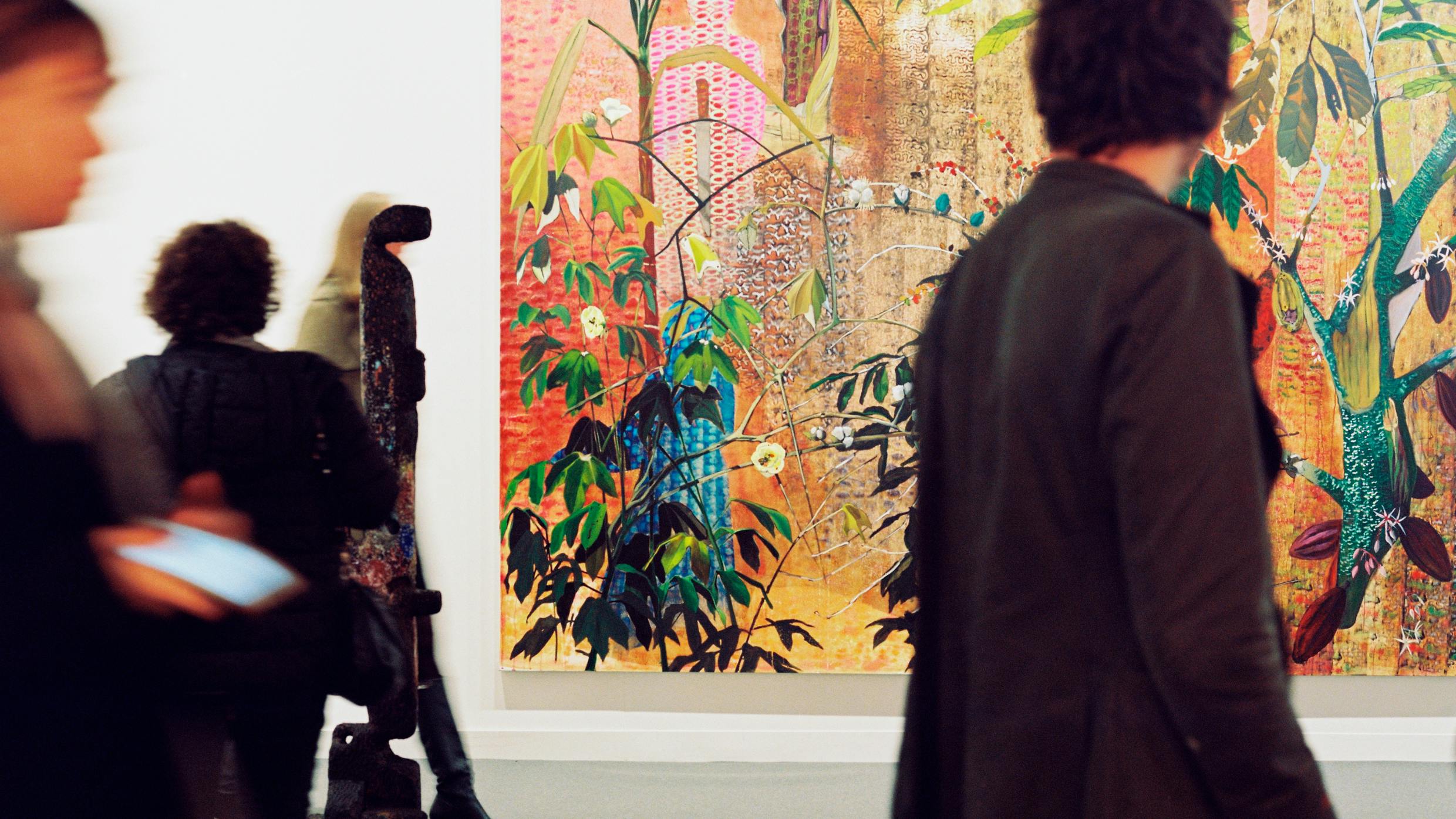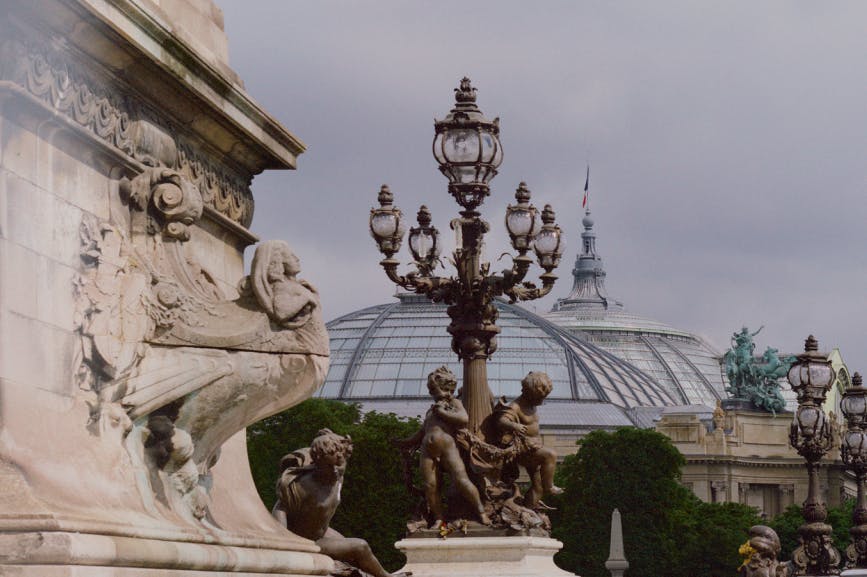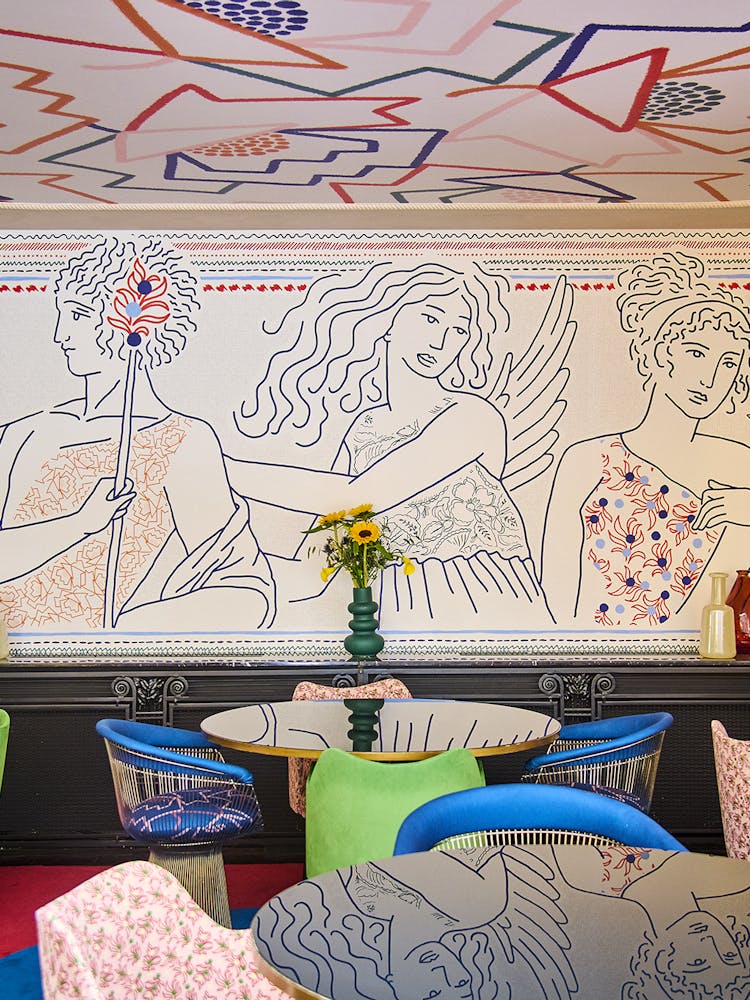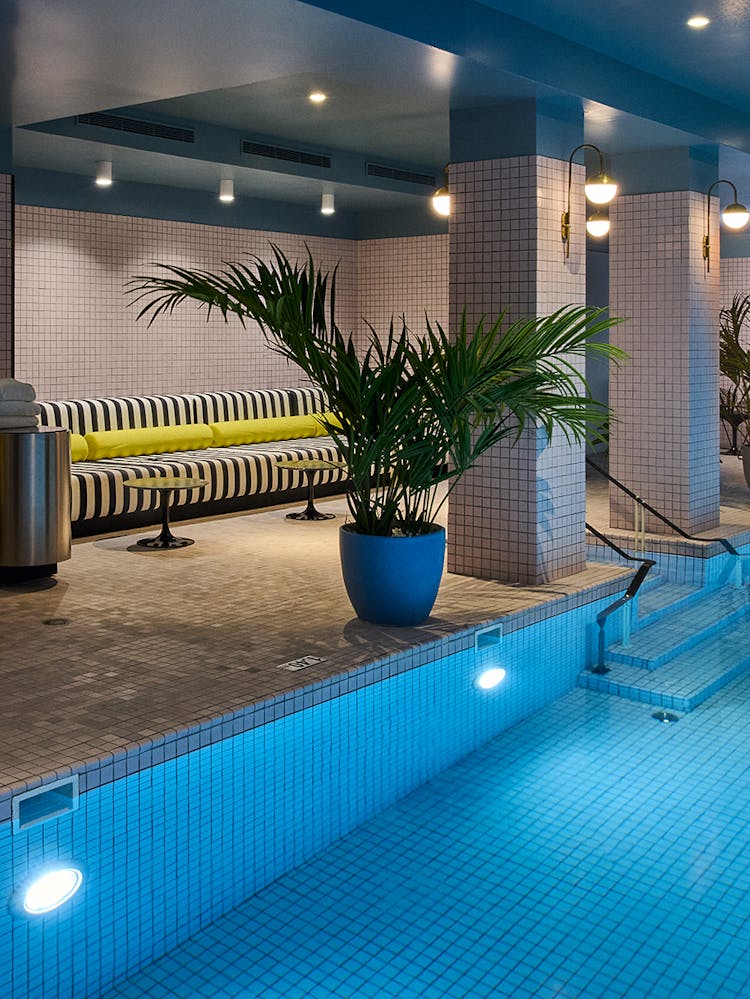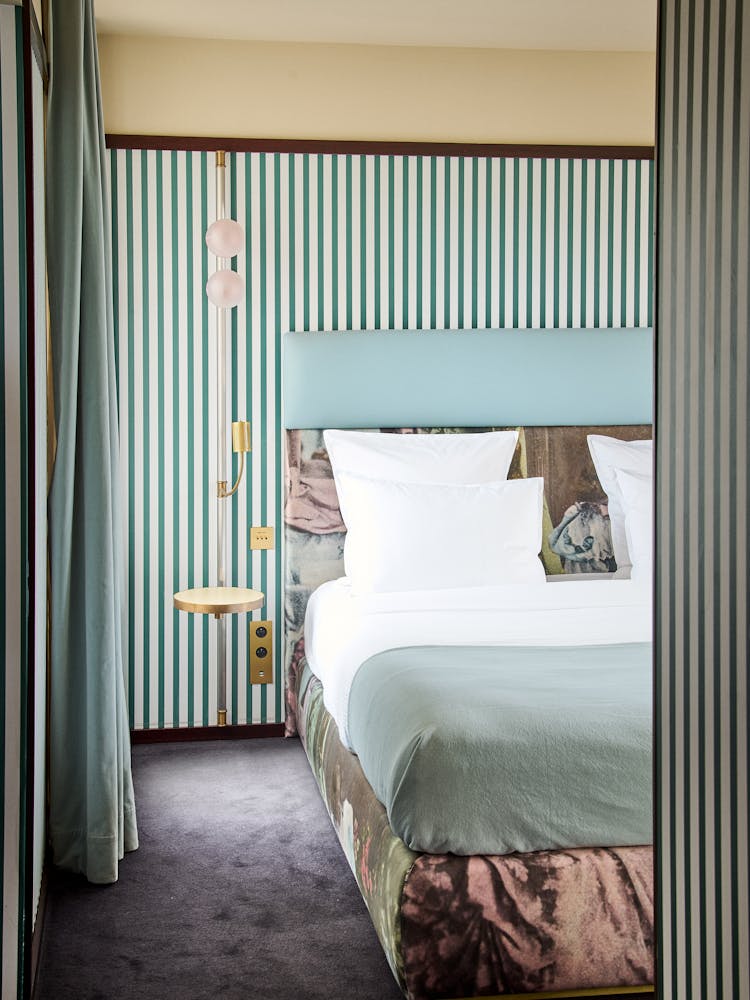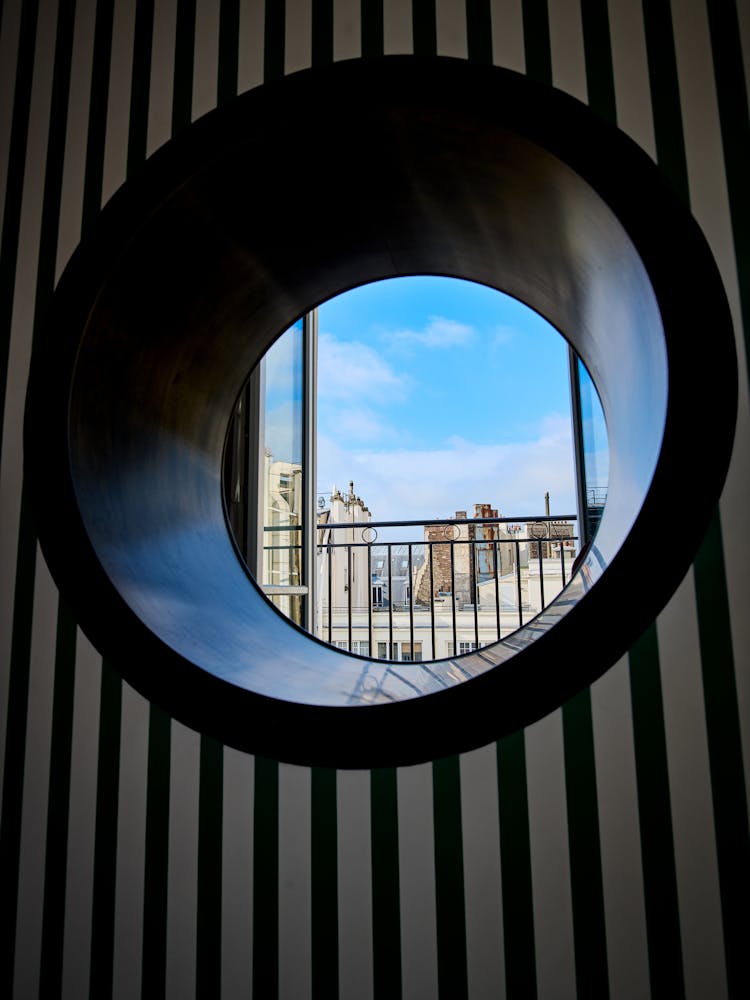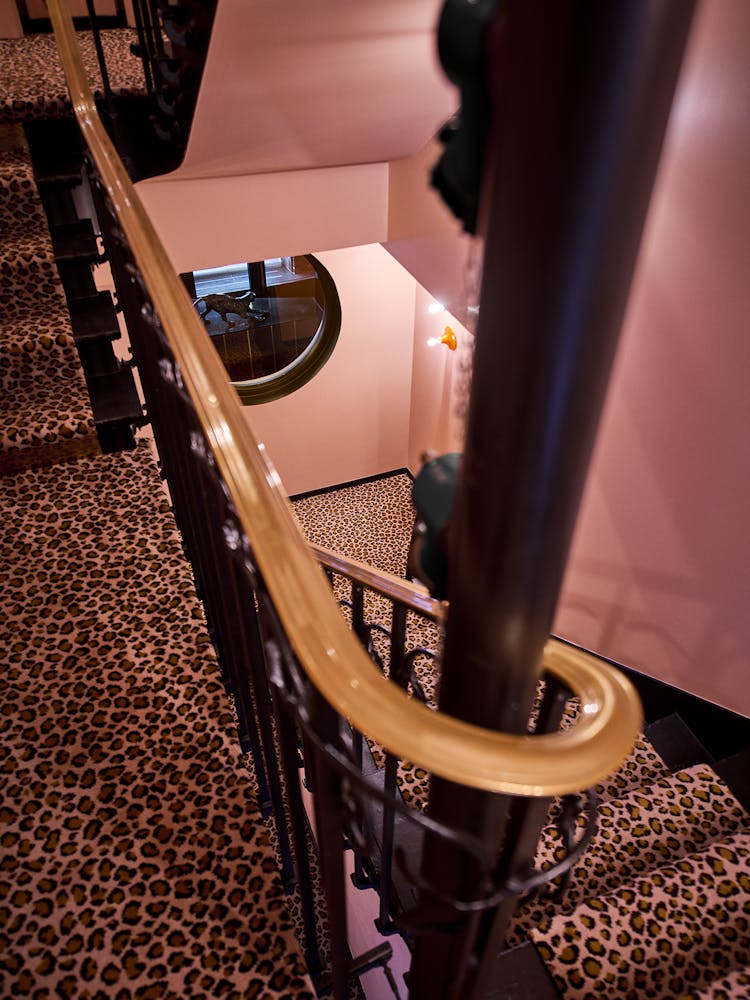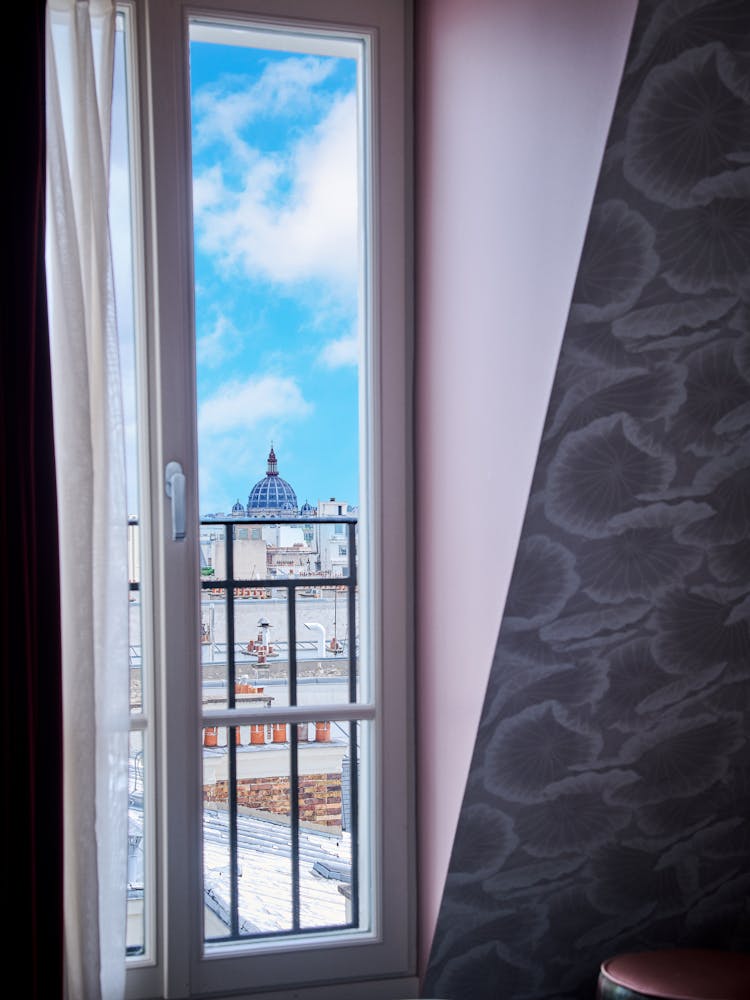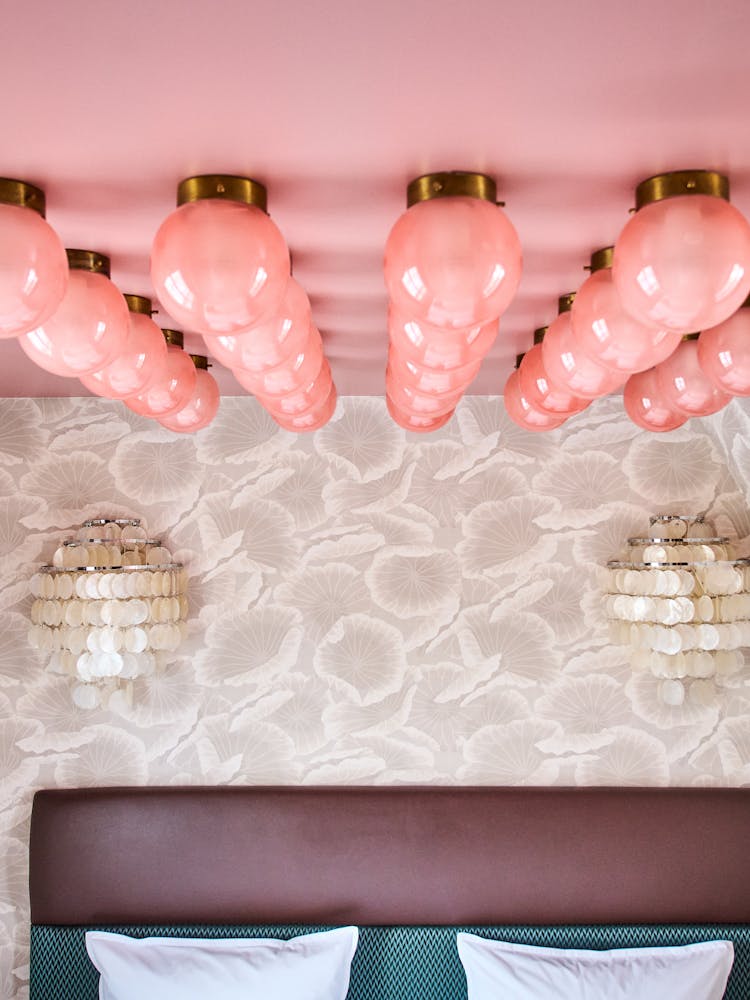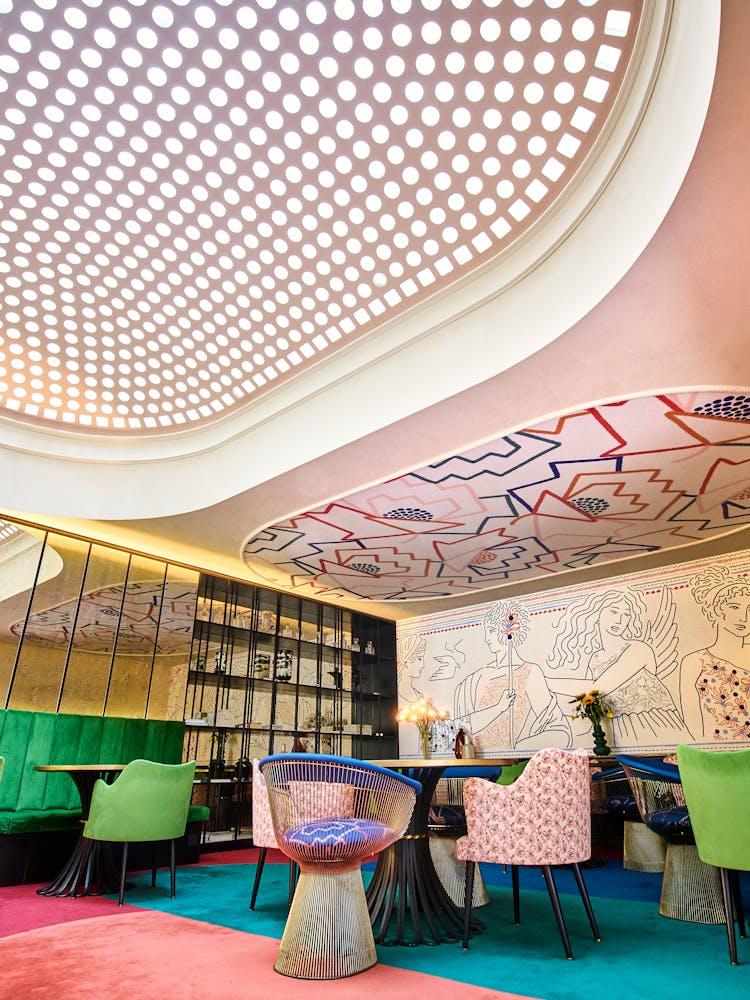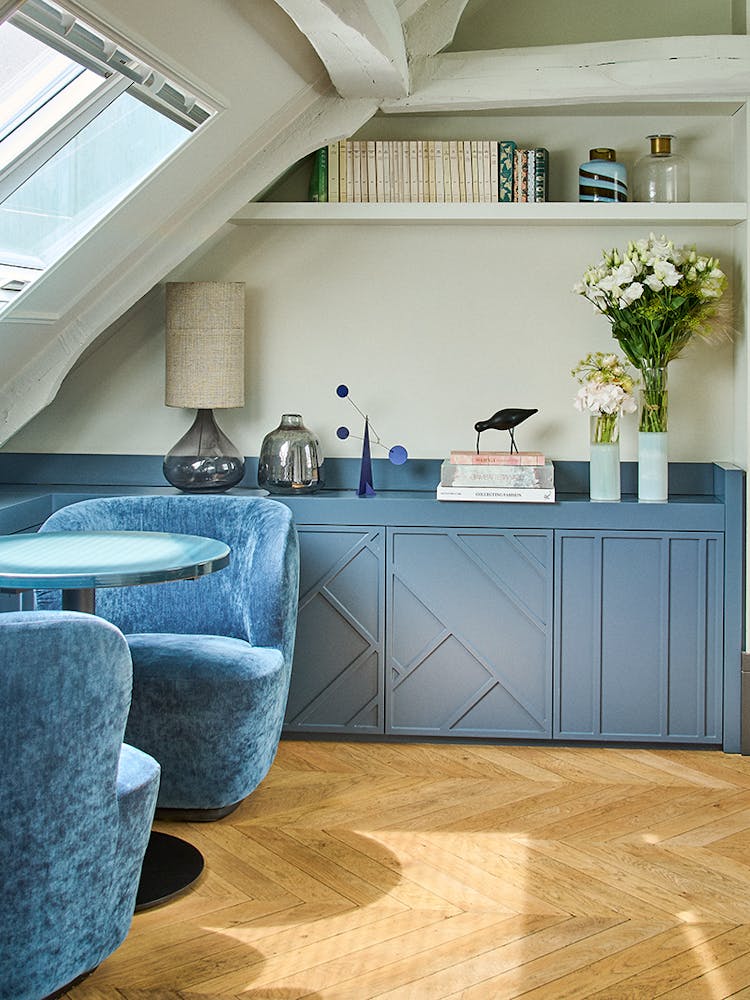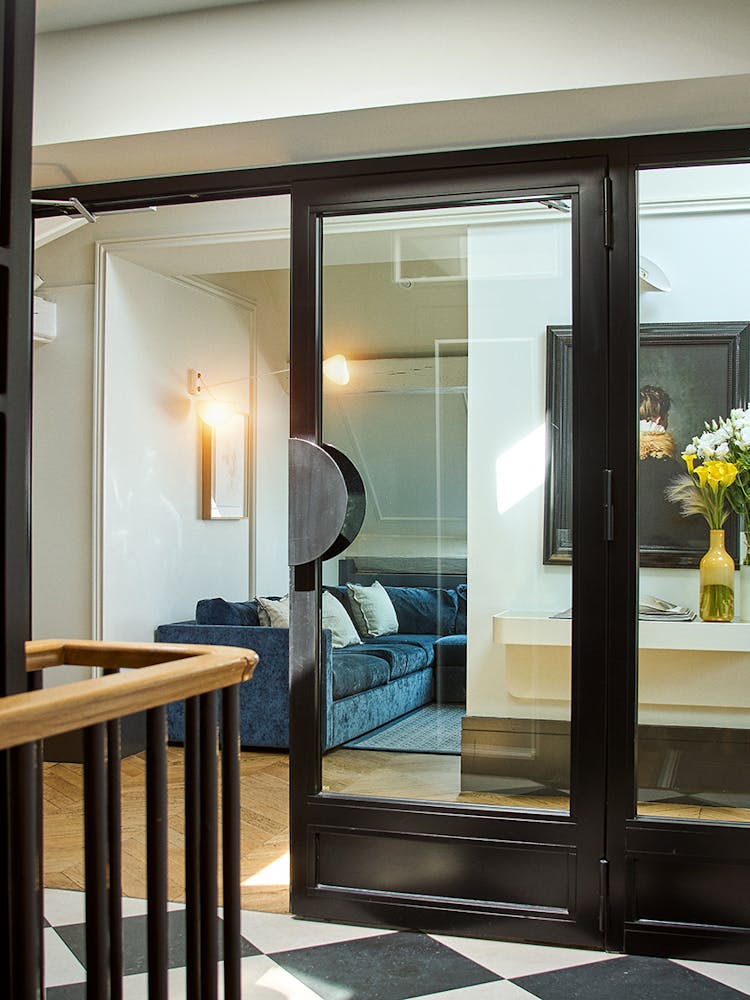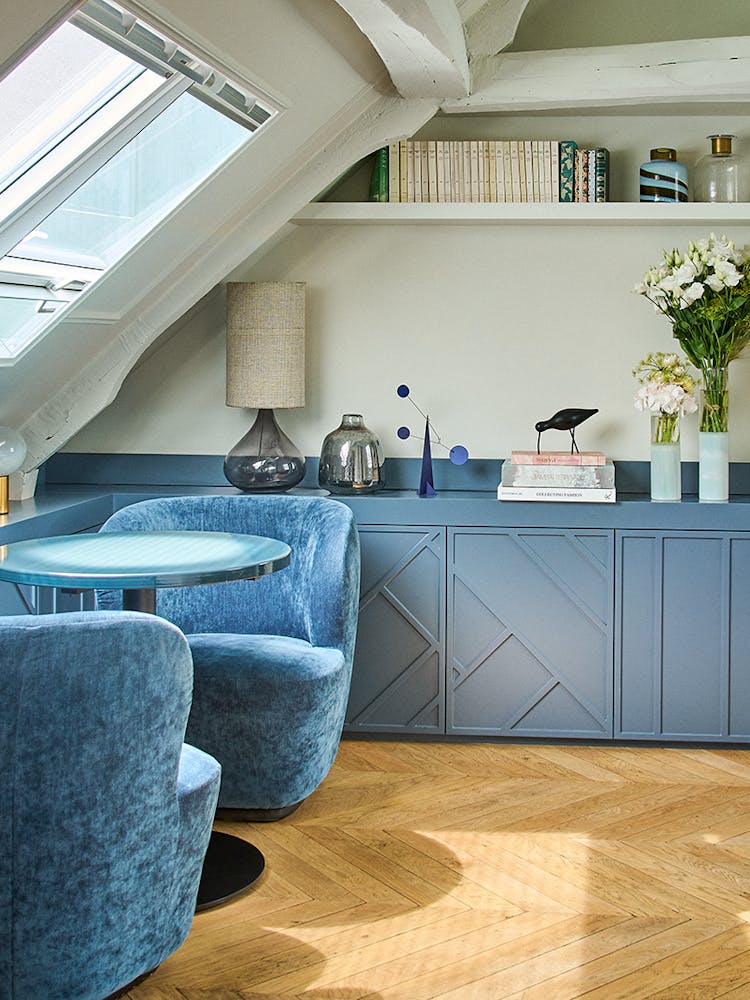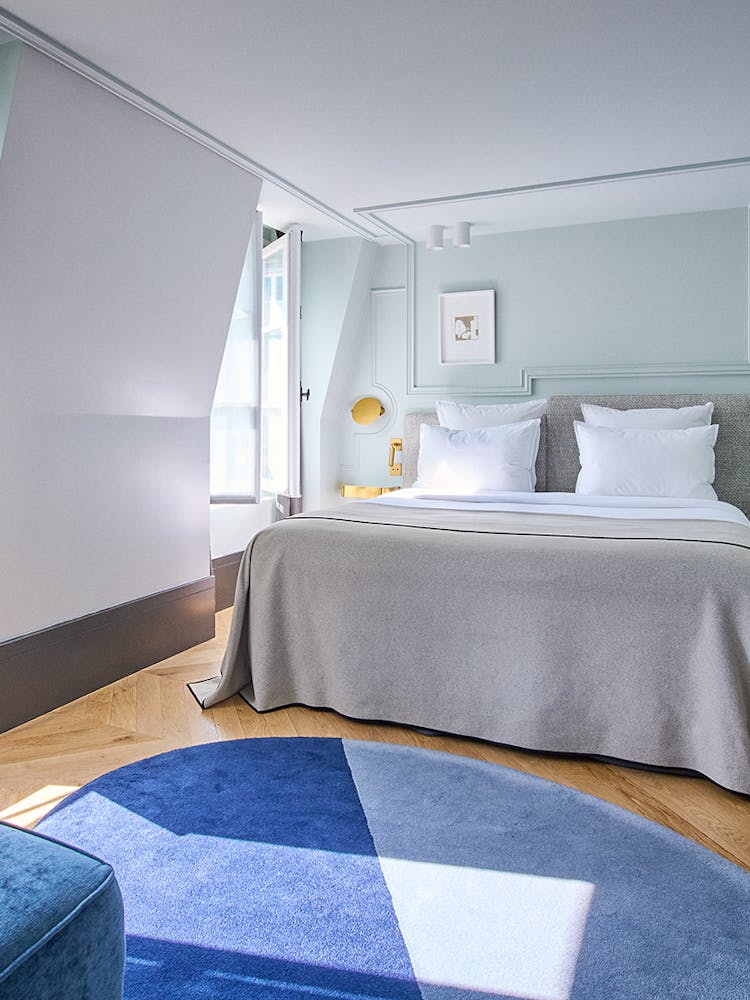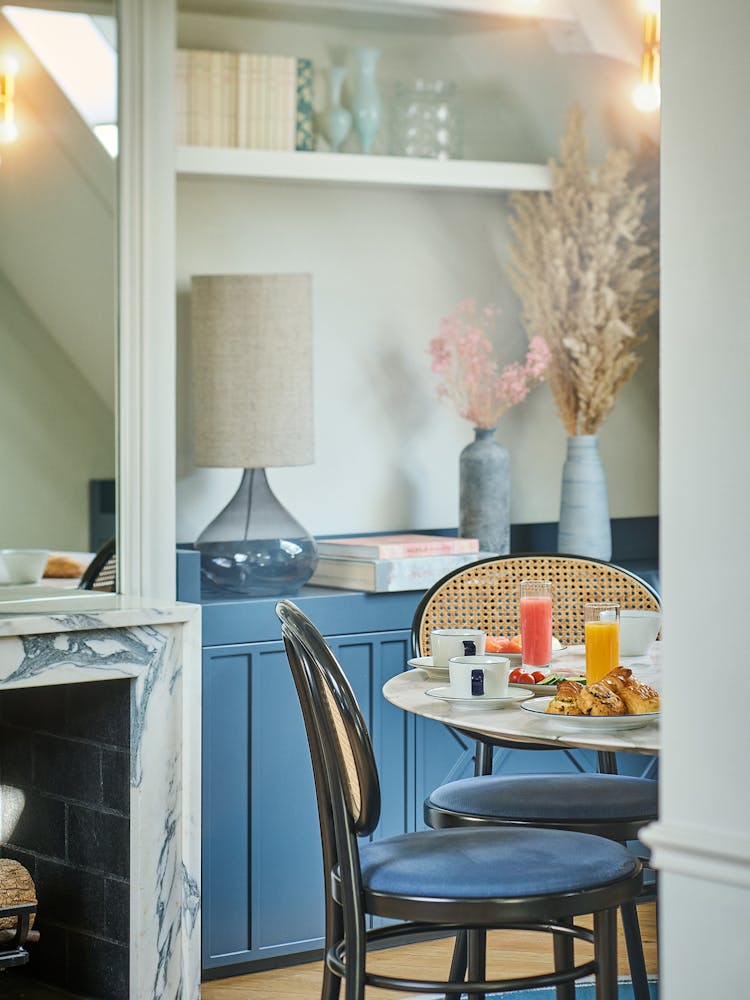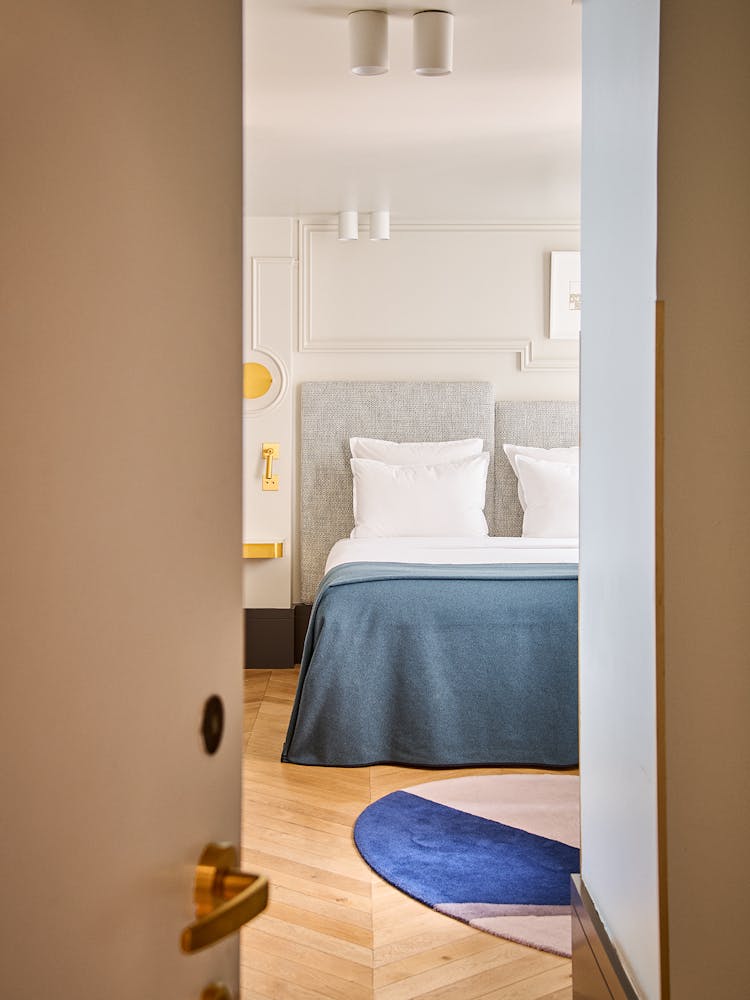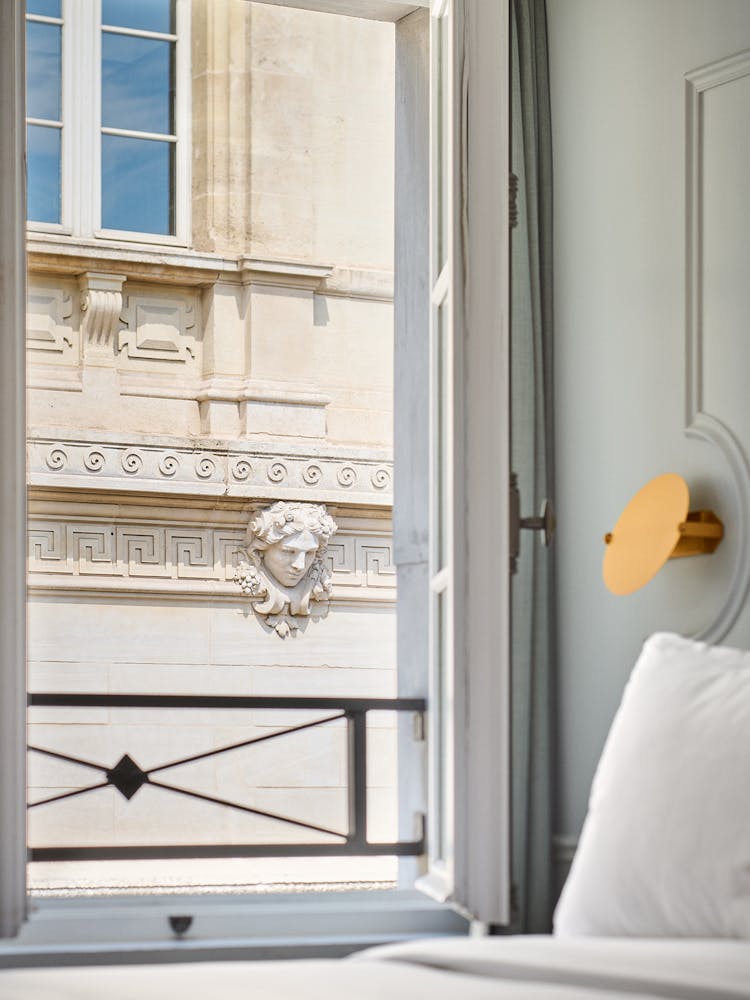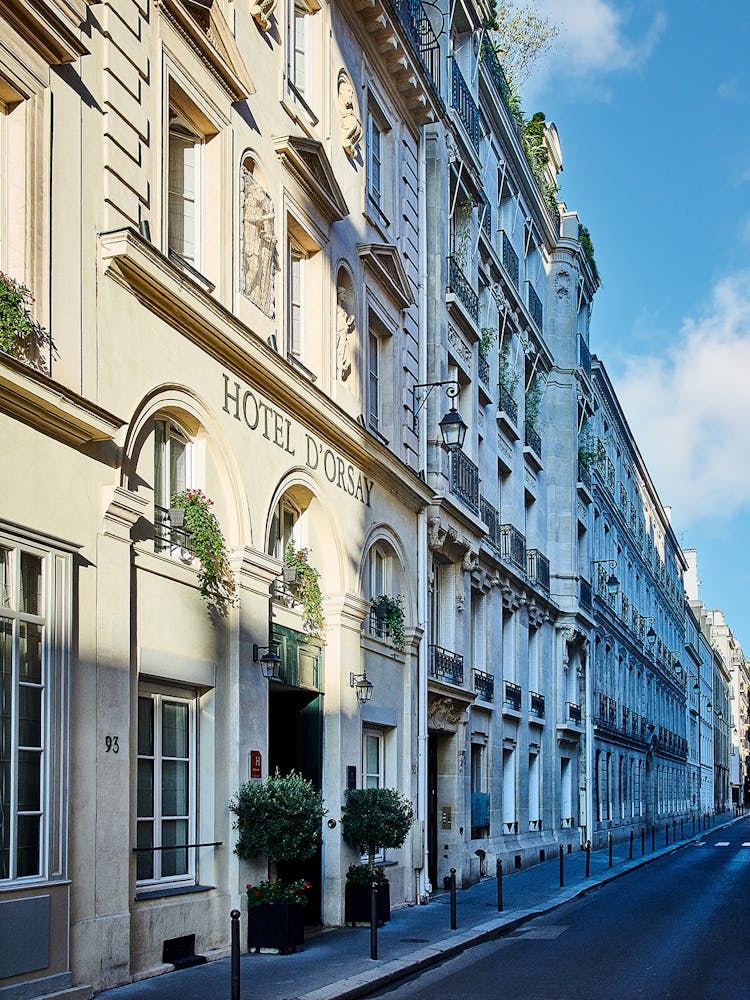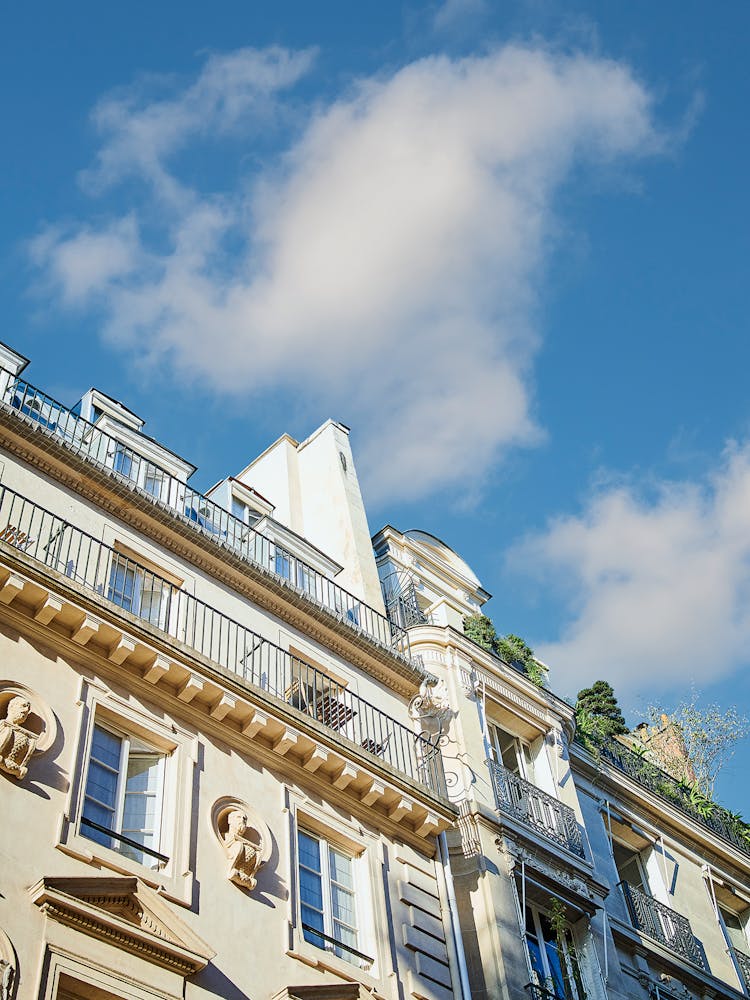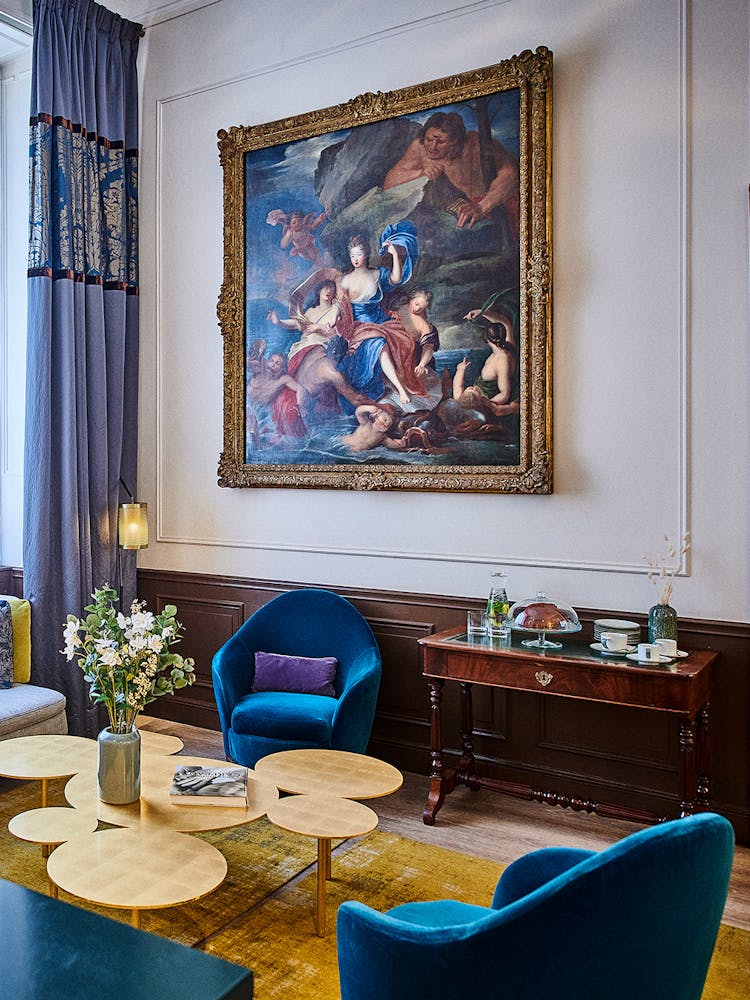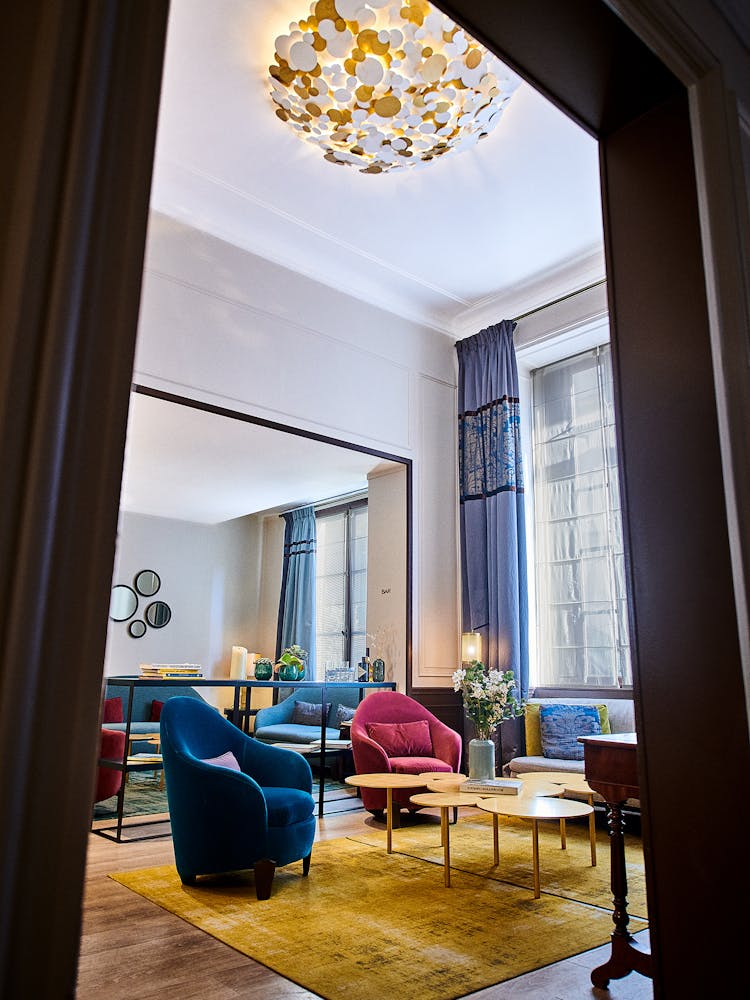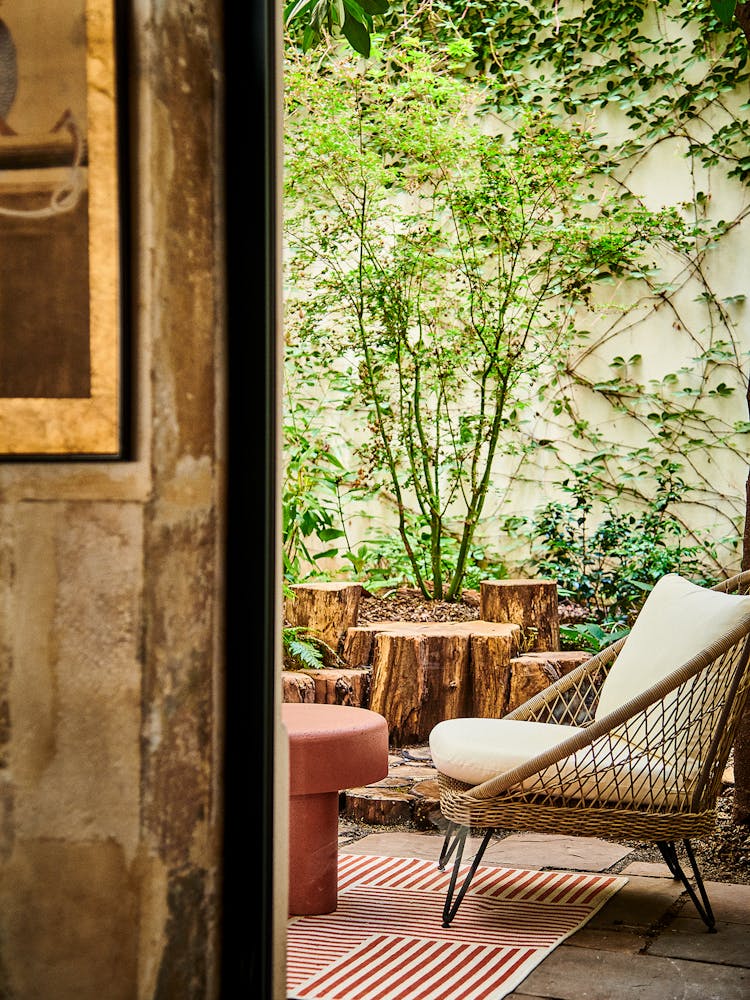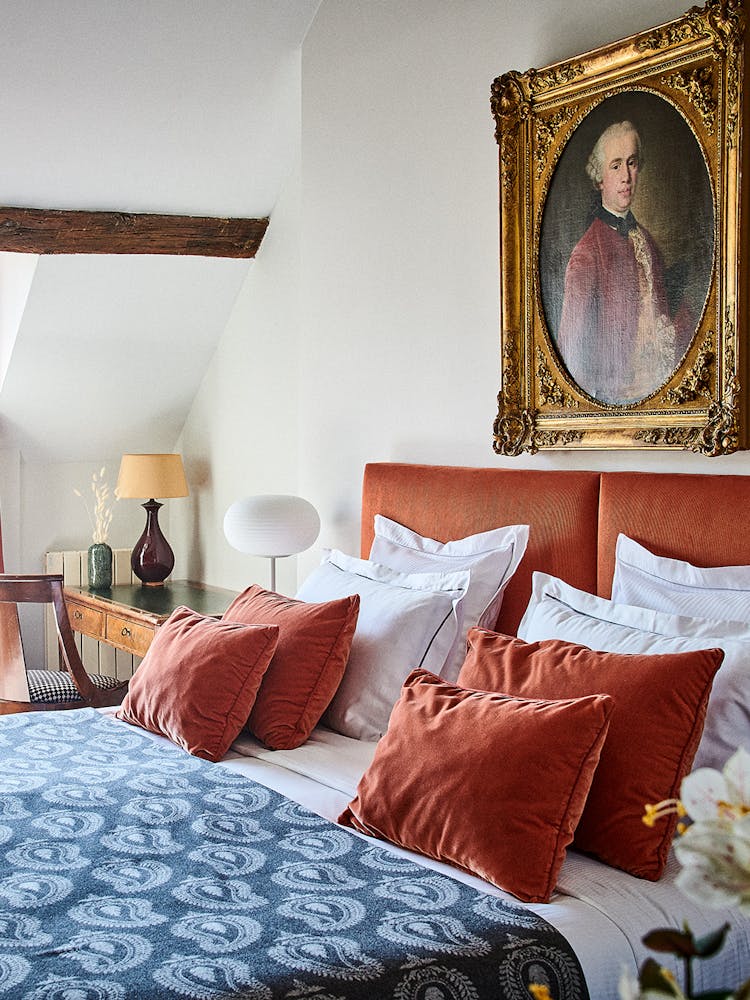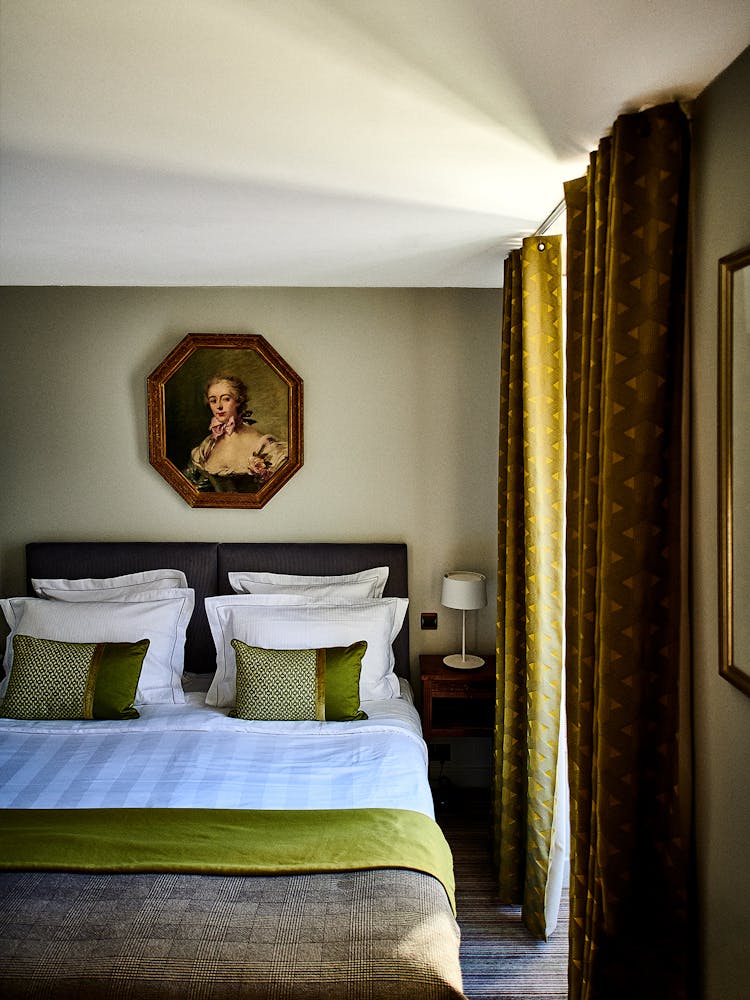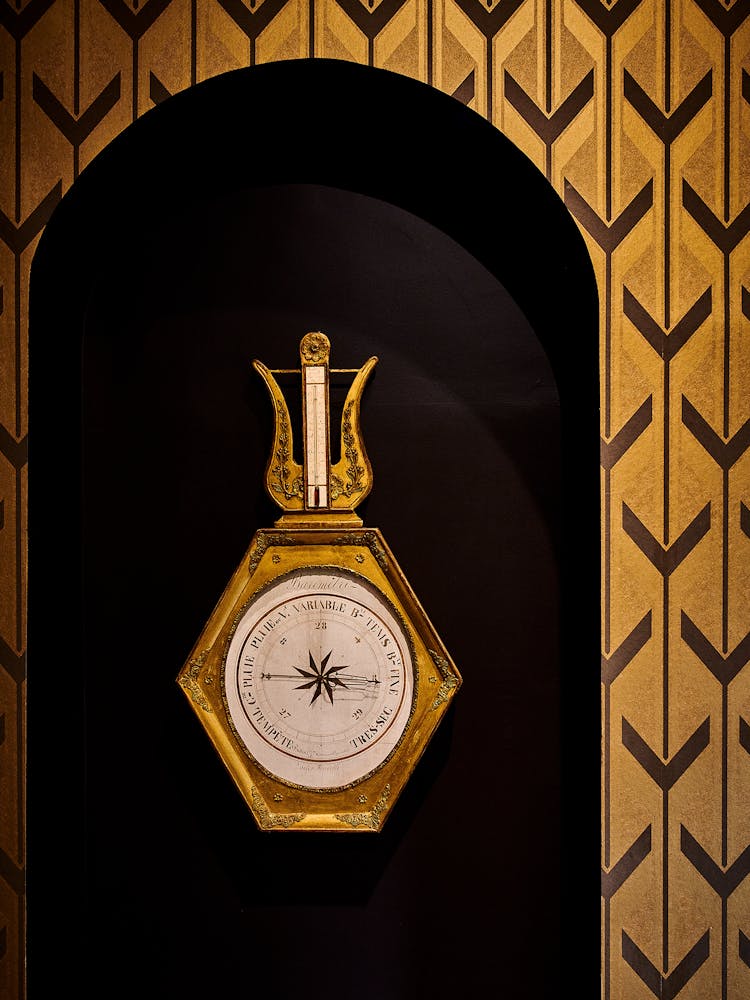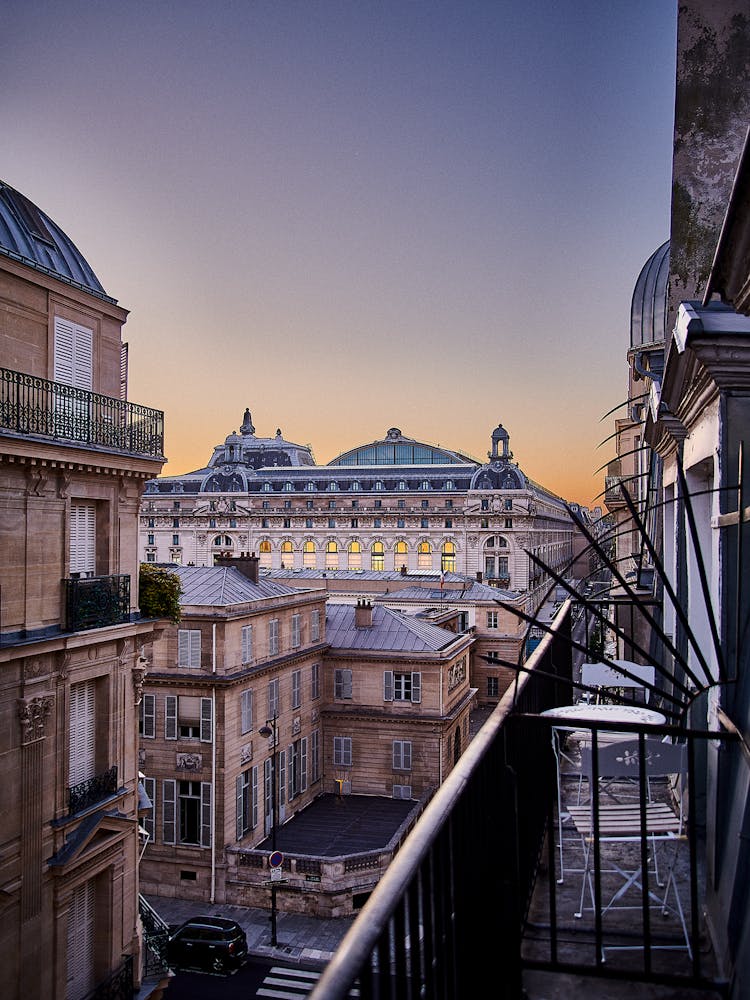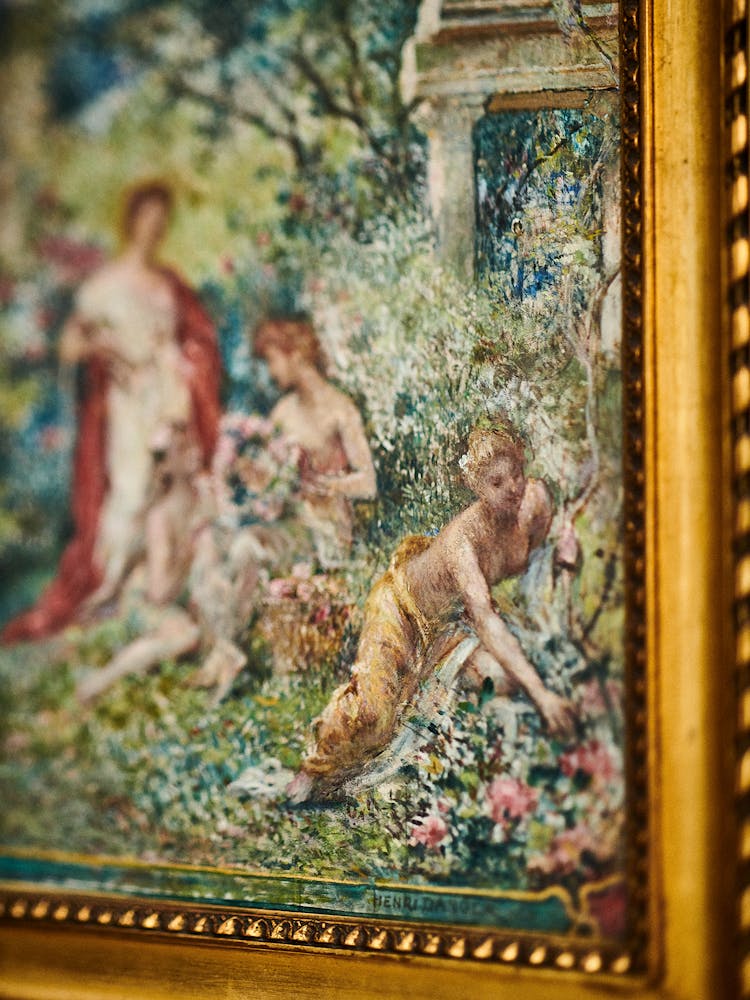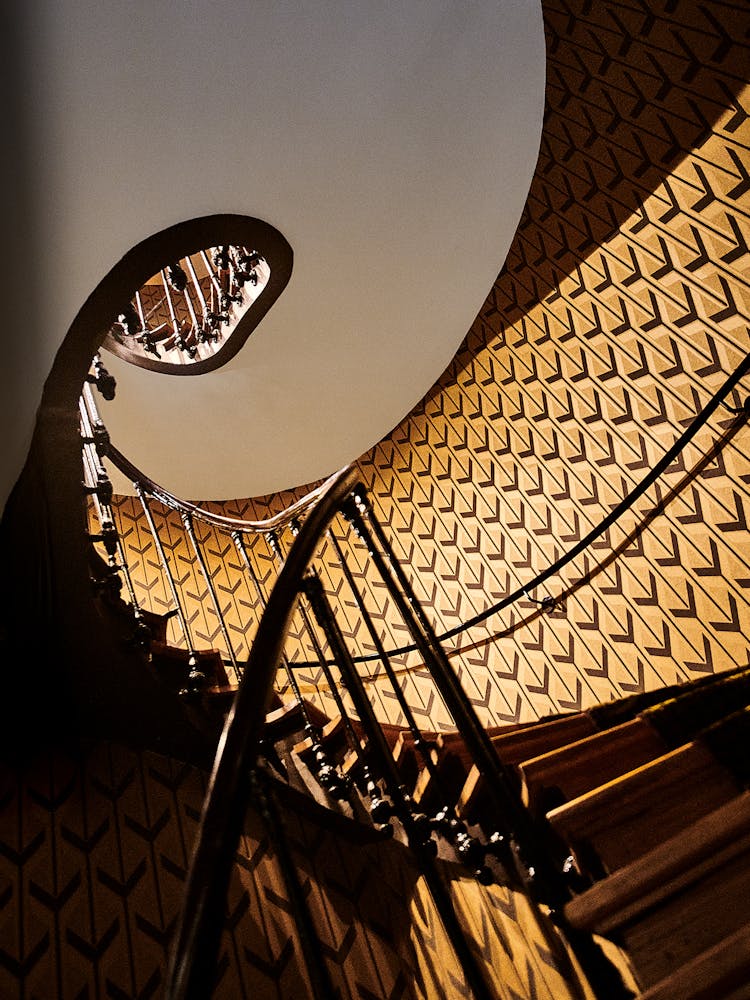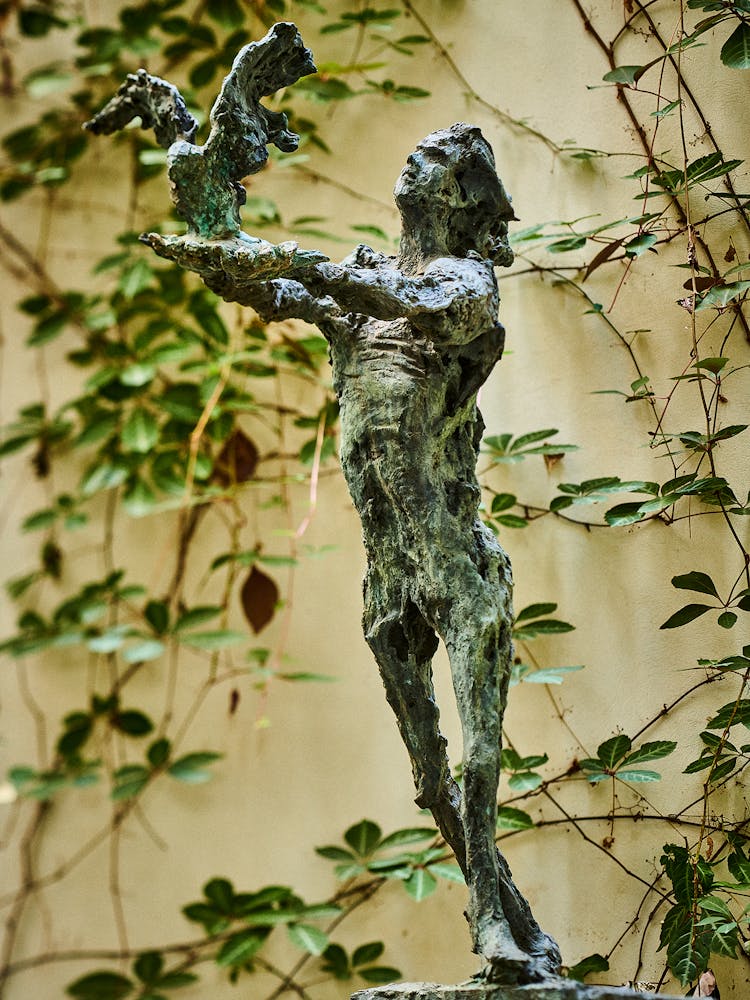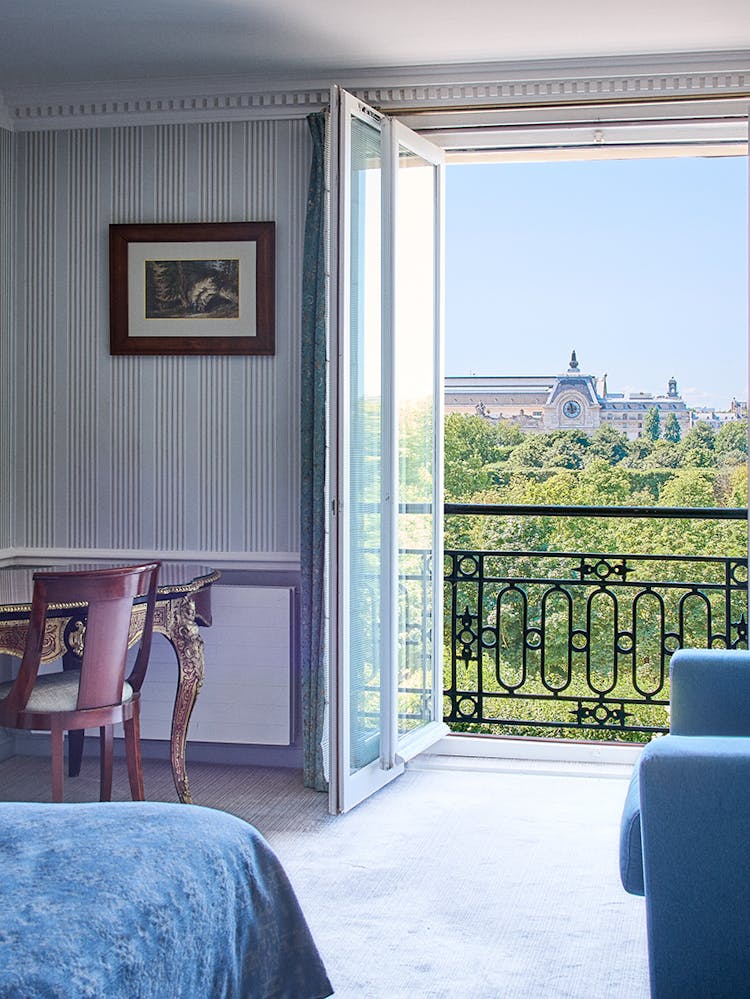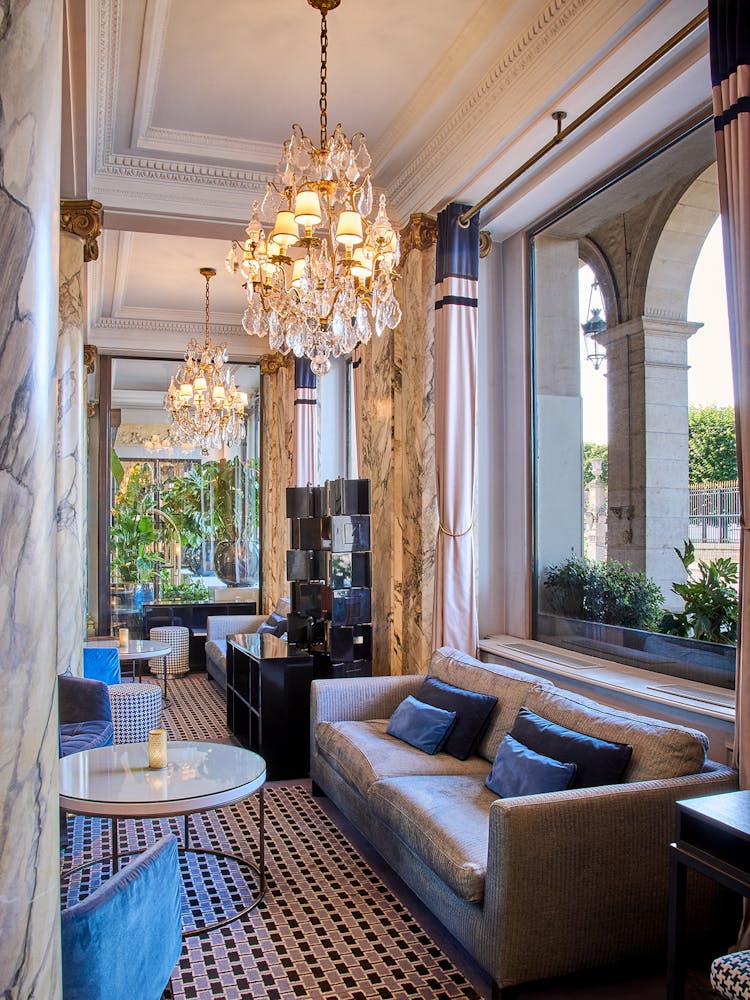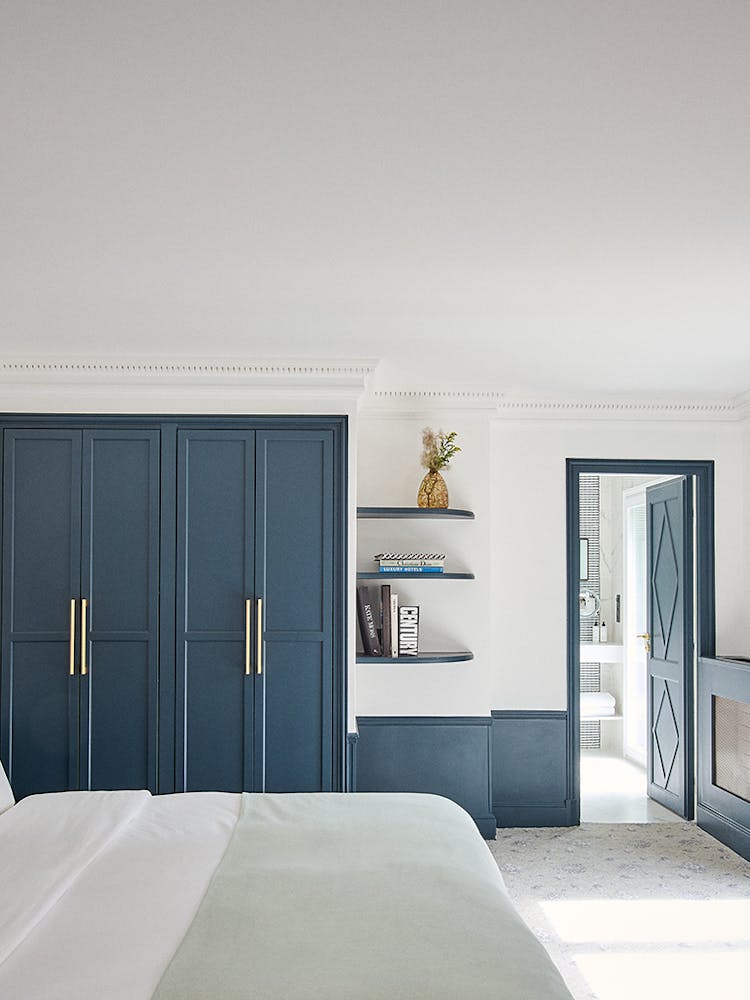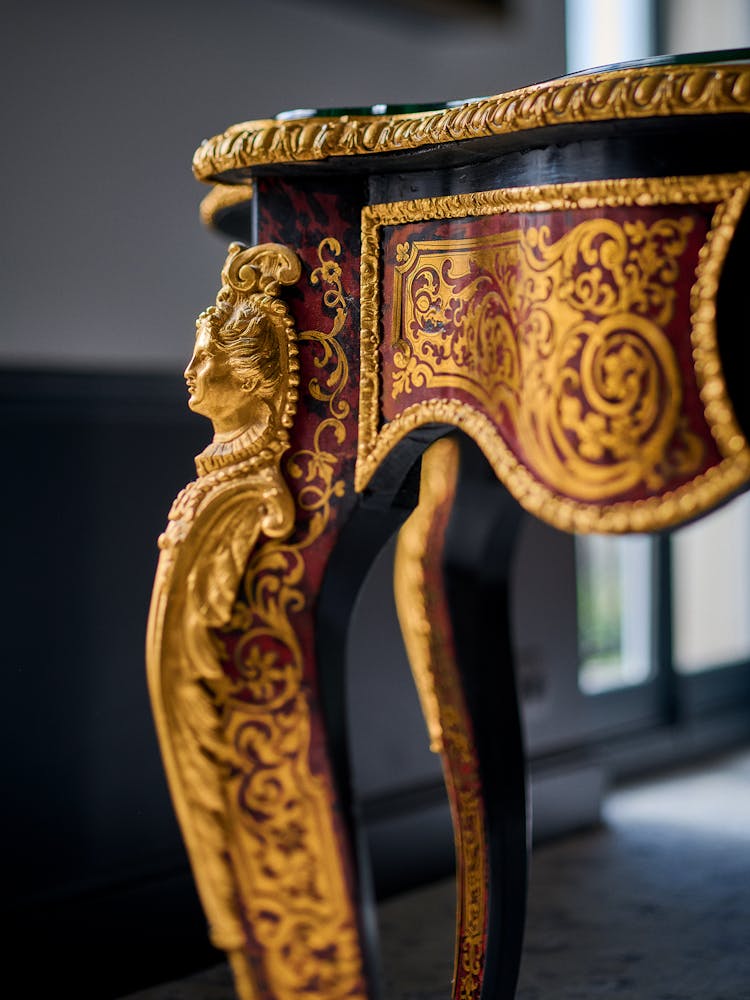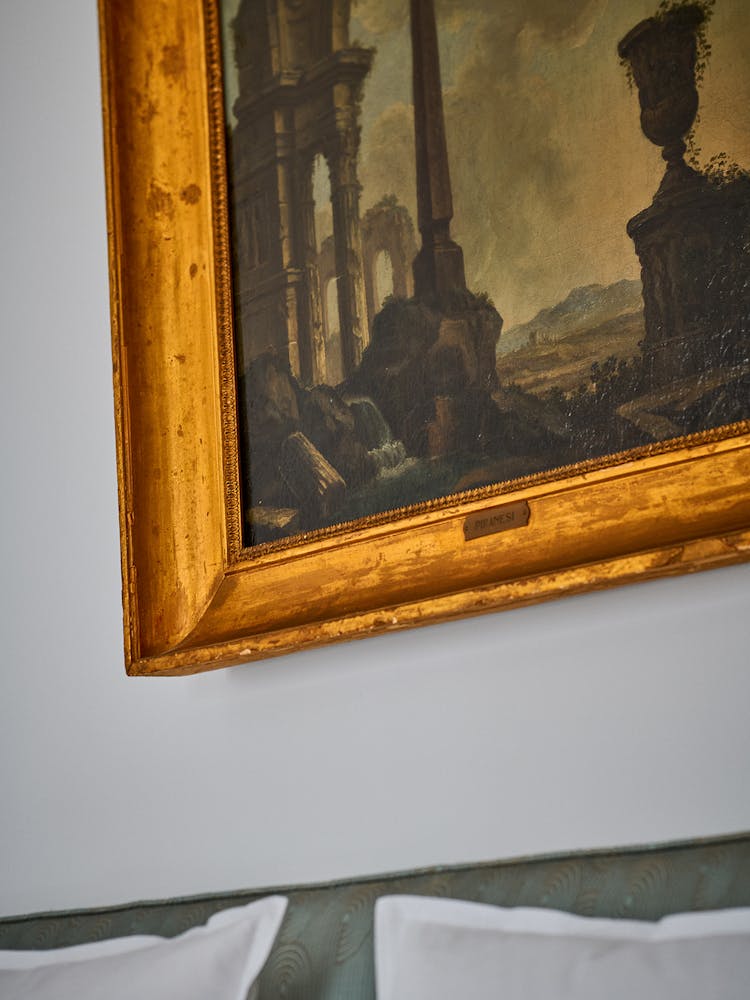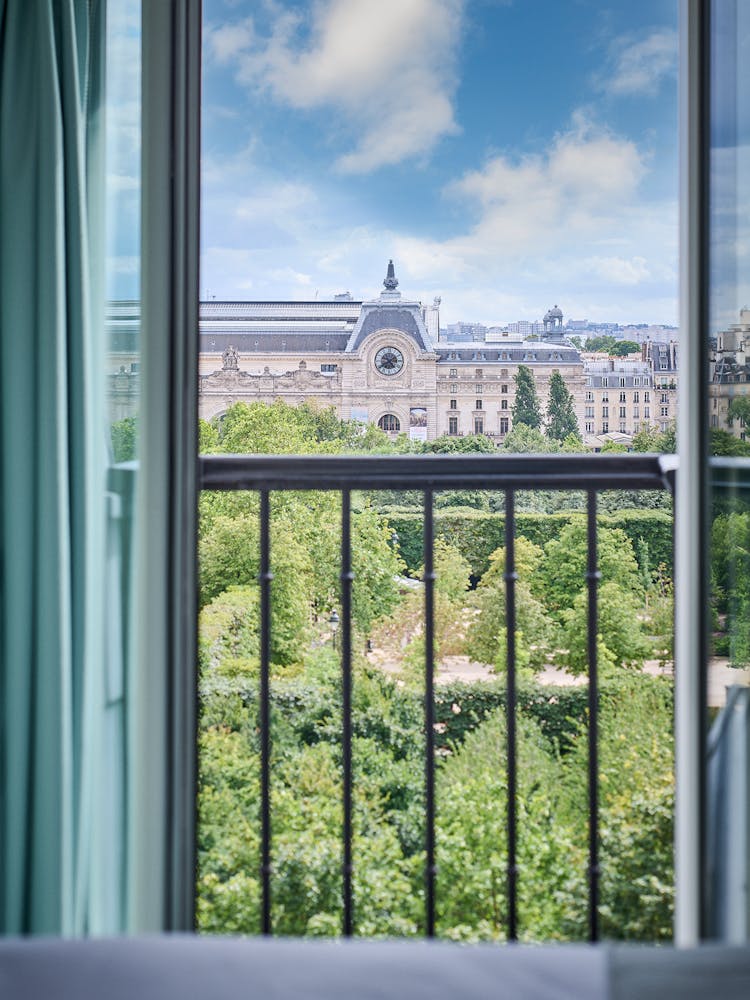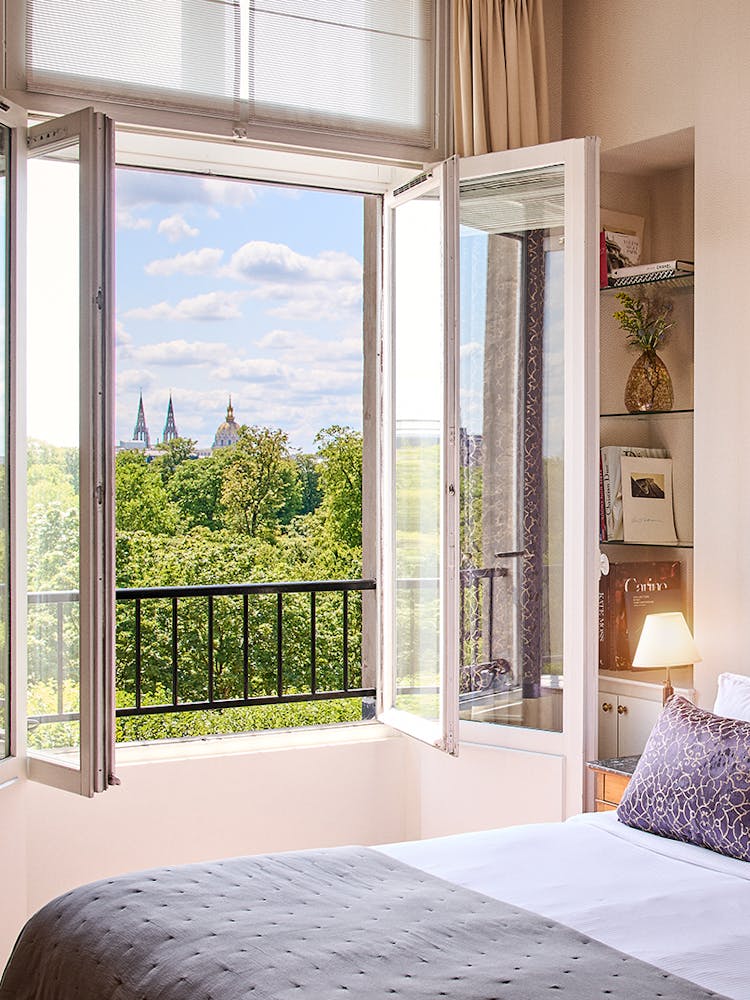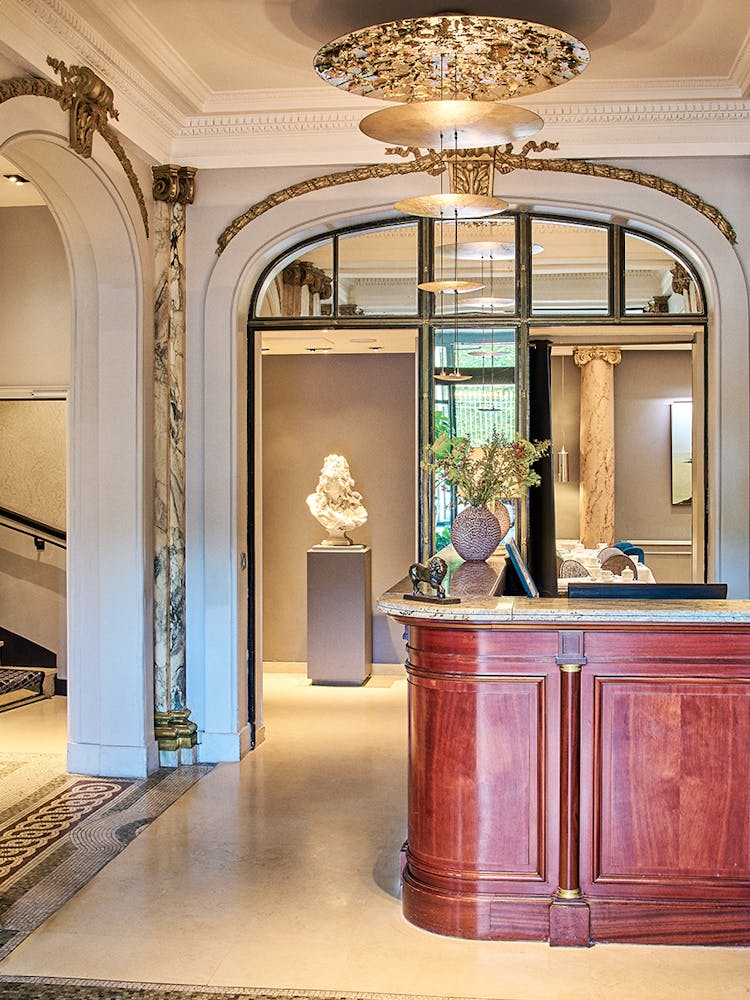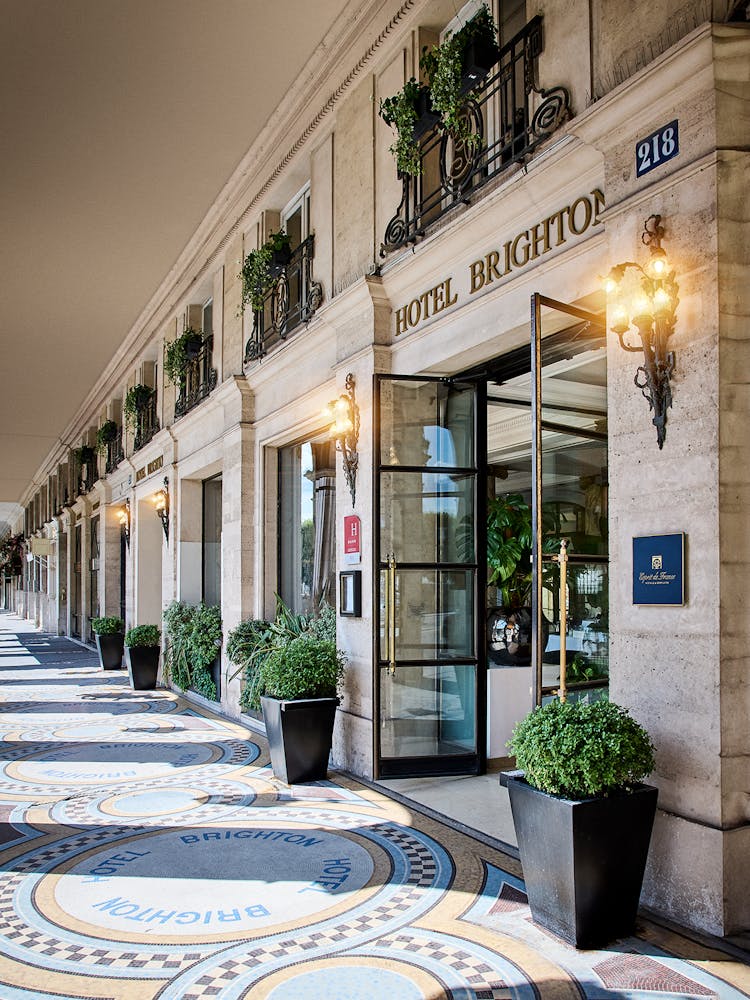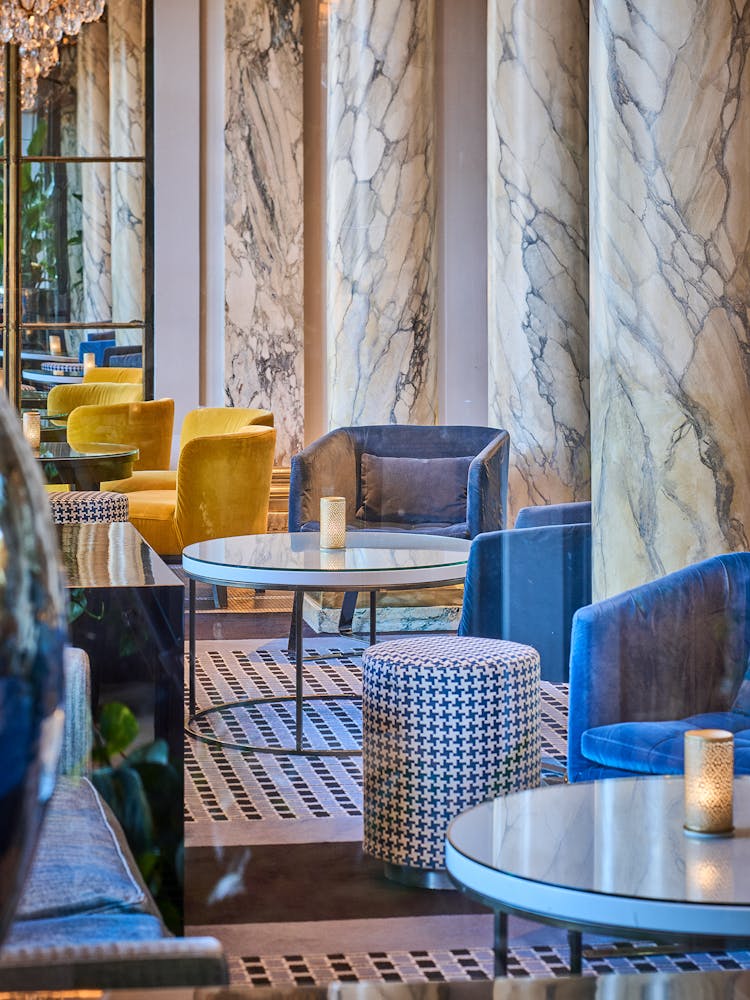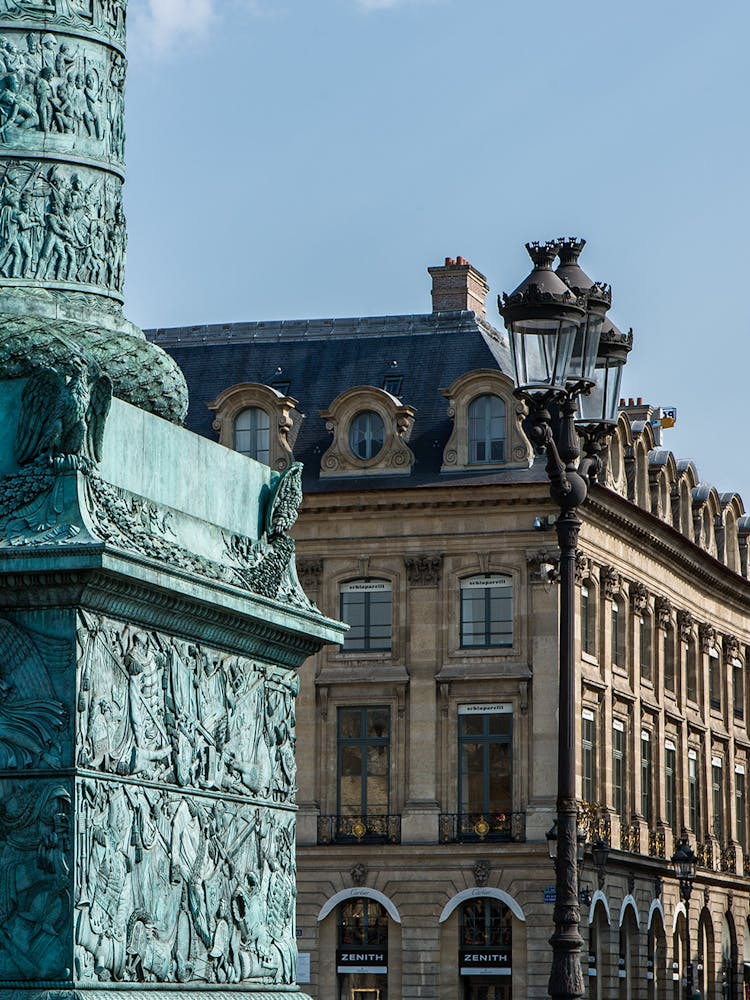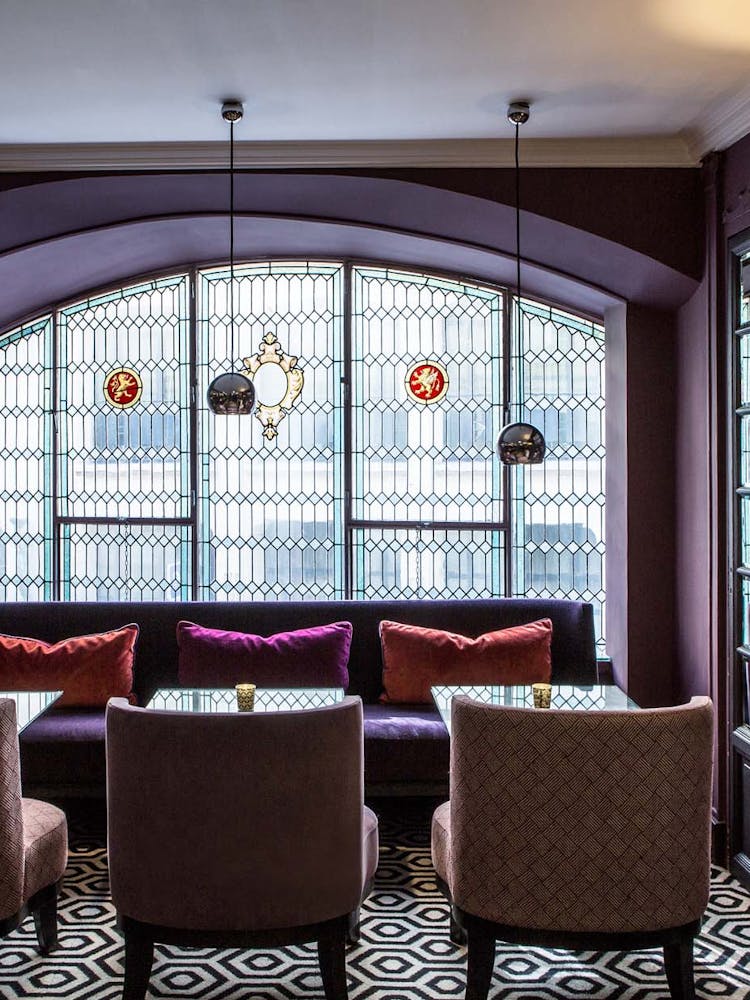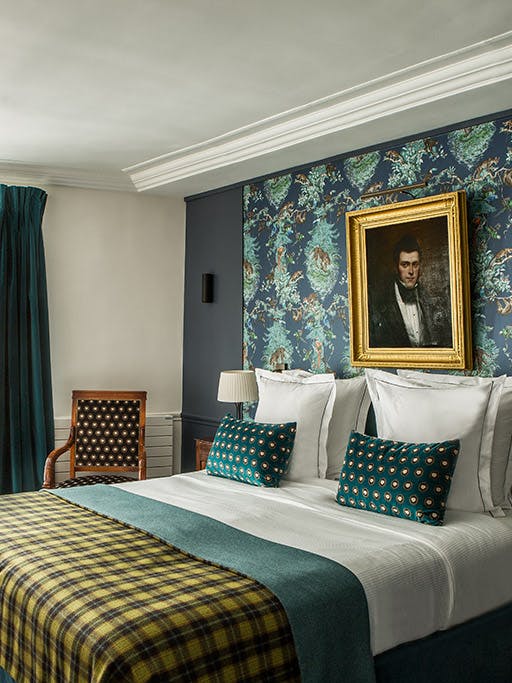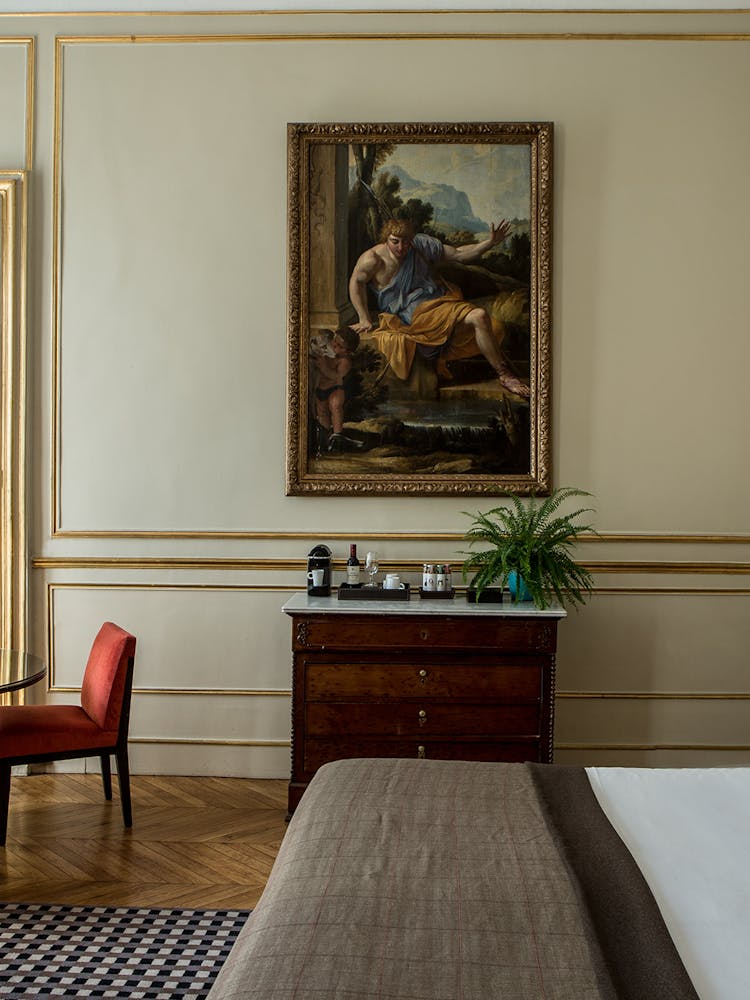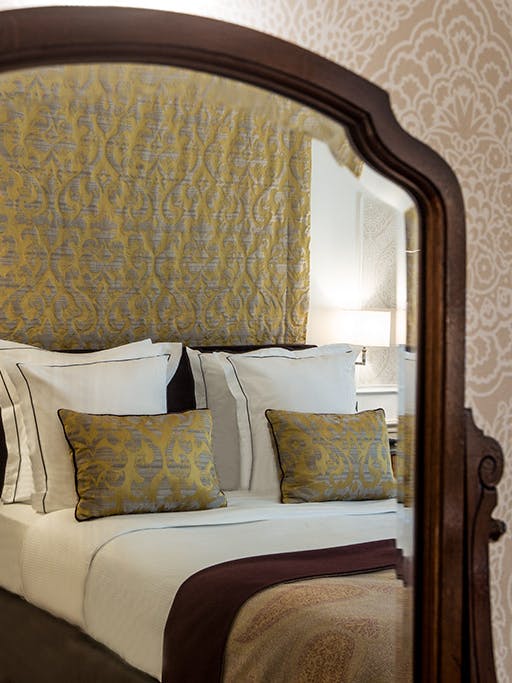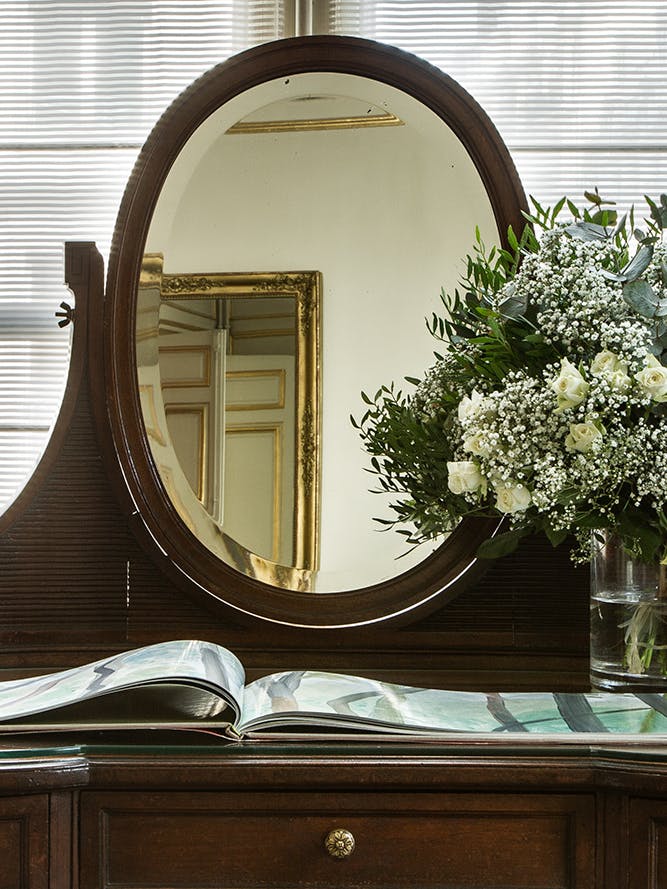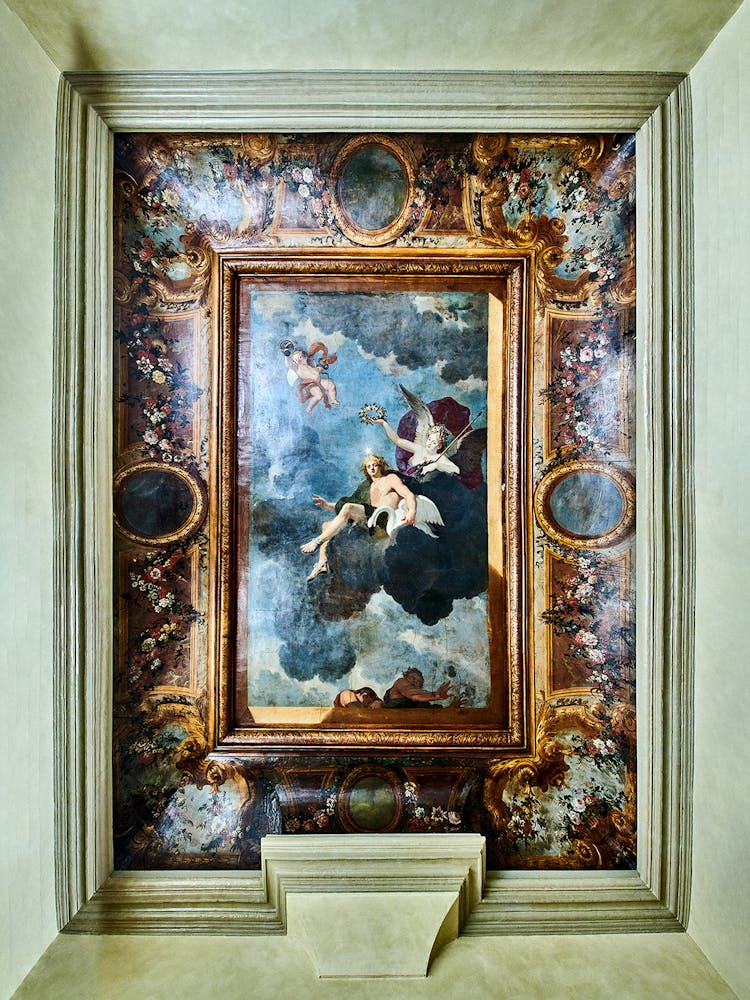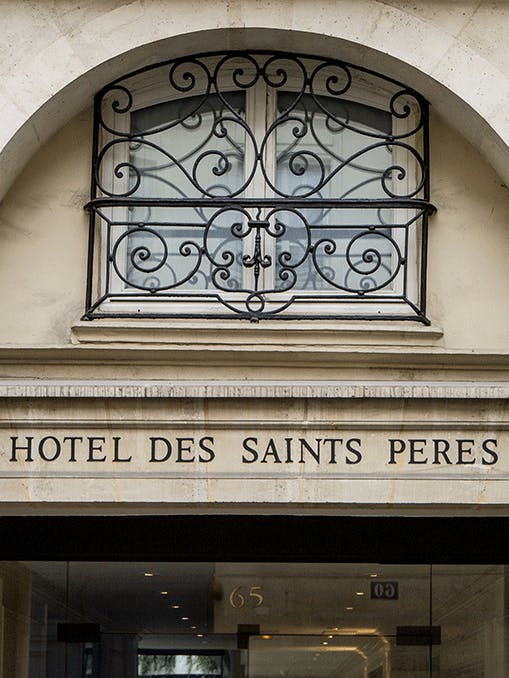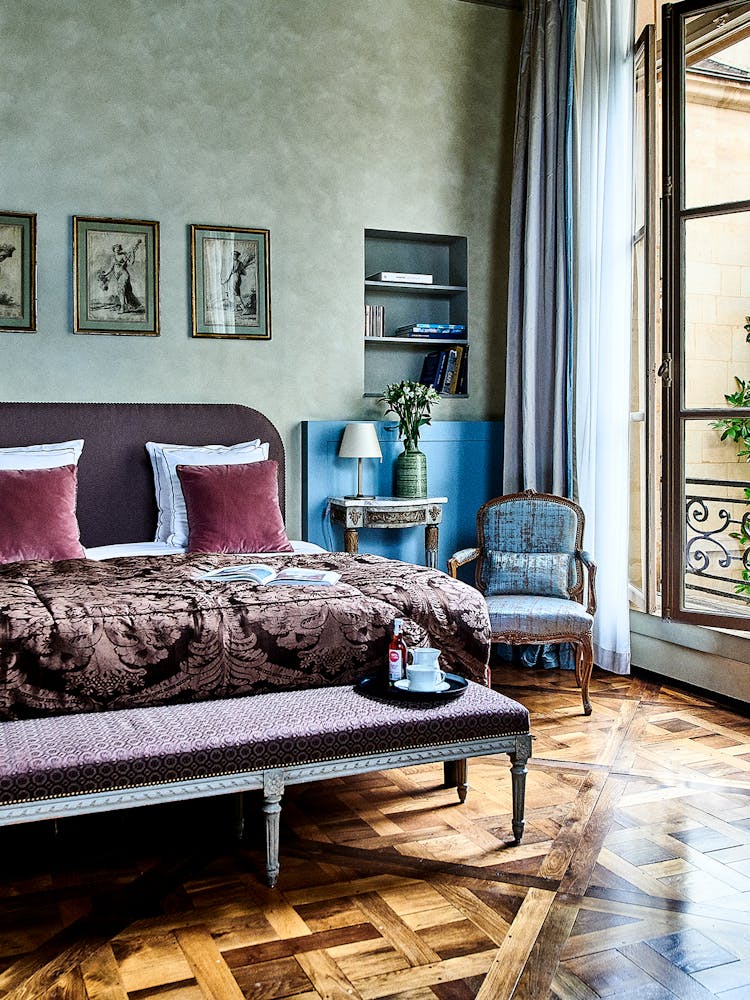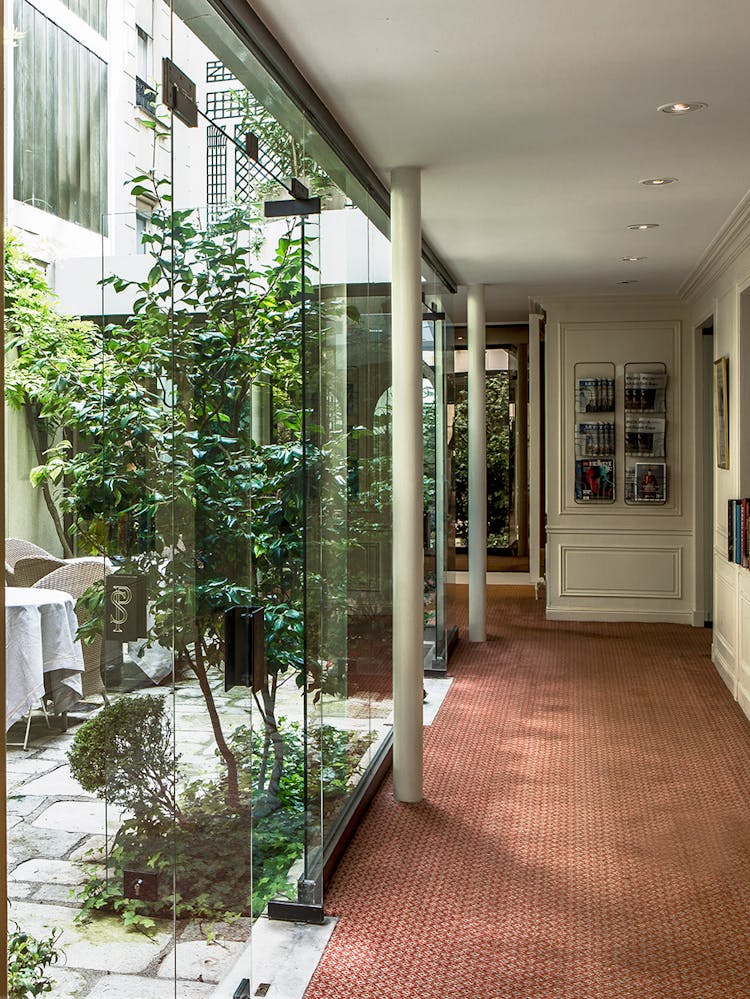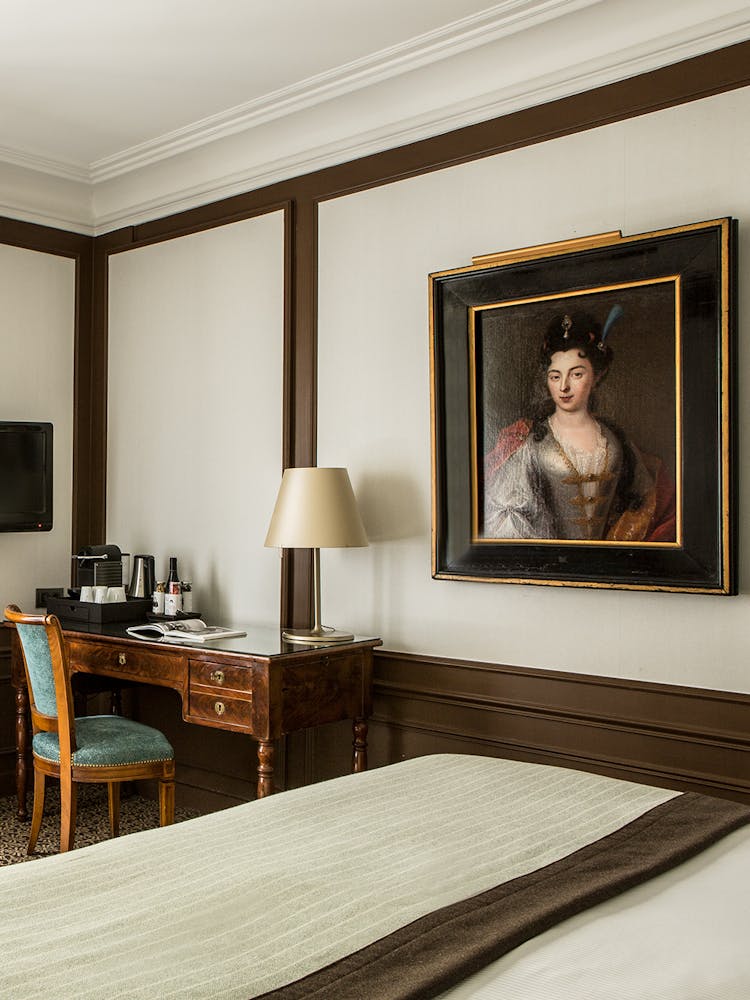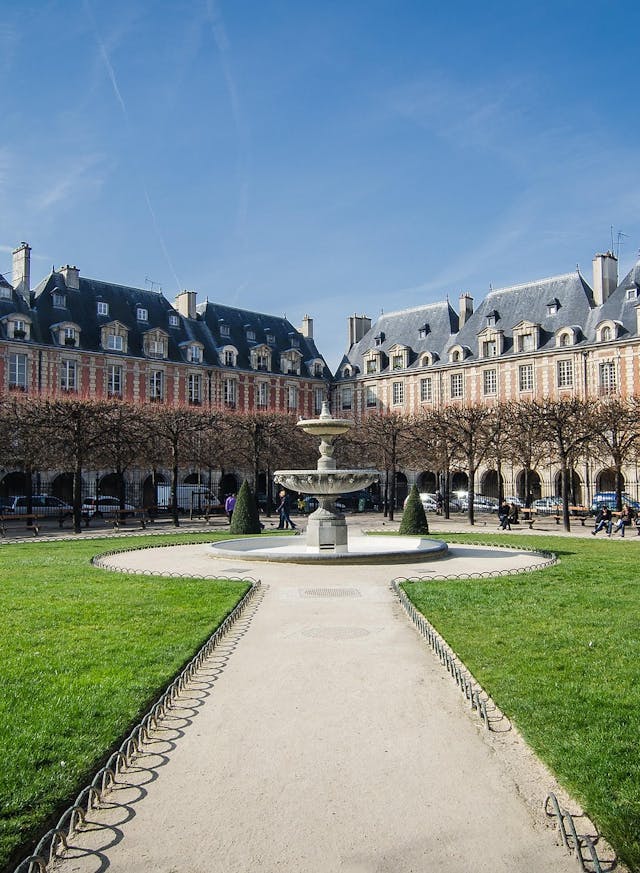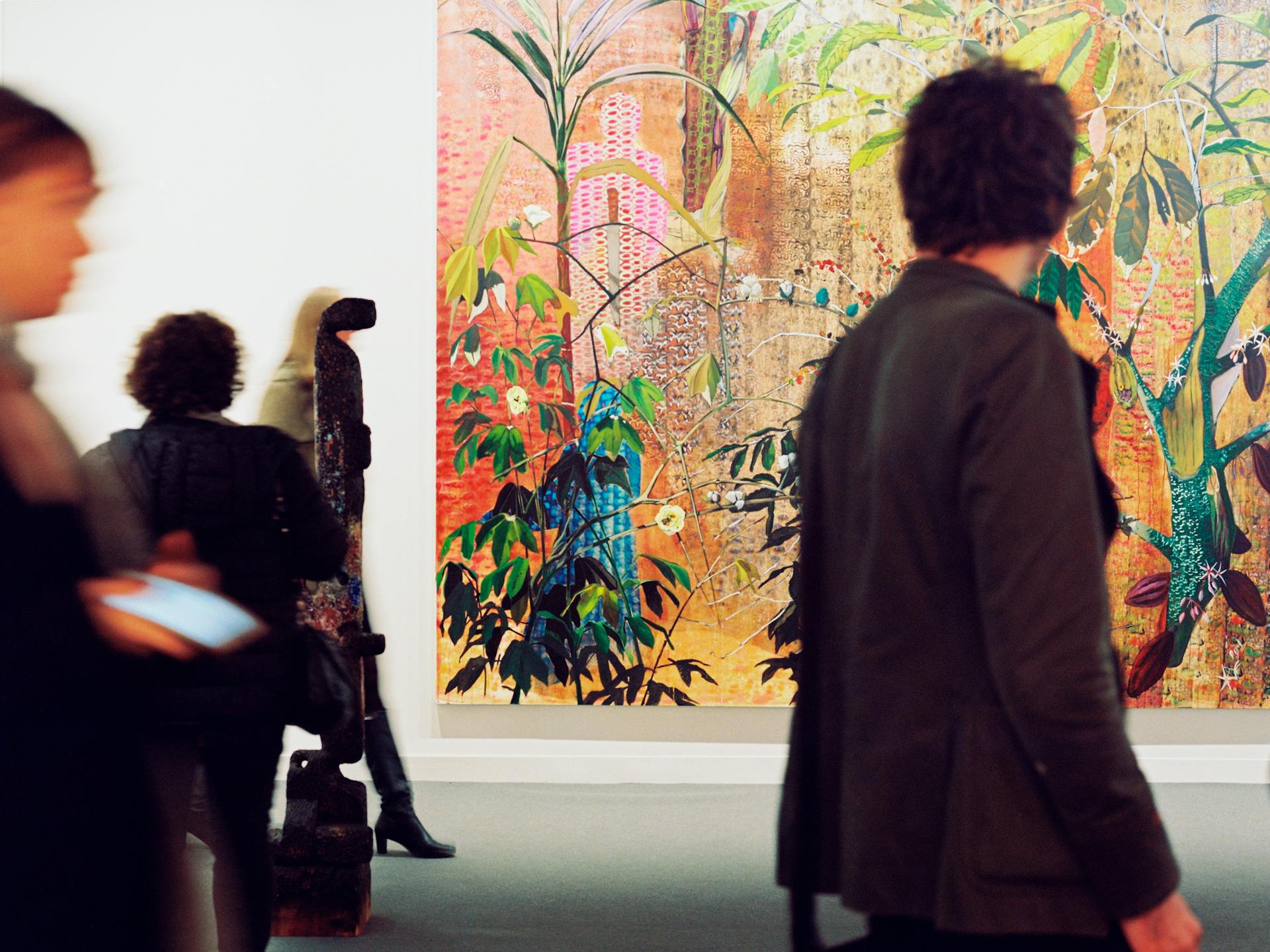
Art
Paris, City of Art
For its third edition, this major gathering of modern and contemporary art lovers has a few changes in store. Firstly, the name has been changed to Art Basel Paris; secondly, the venue has been shifted to the recently restored Grand Palais; and thirdly, a new exhibition sector has been added. We sat down with Art Basel Paris director, Clément Delépine, to find out more.
Interview

The fair is back at the Grand Palais for its third edition. Does this change in venue mean that there are other developments to come?
The space is much larger, spanning more than 150,000 sq. ft., which means we can host far more galleries. There will be 194 in total, 26% more than in 2023, across three sectors. Our 169 guests in the Galleries sector will be housed under the glass roof, featuring the biggest names in French and international art, such as Perrotin, Gagosian, Hauser & Wirth, and Nathalie Obadia, along with newcomers including Di Donna from New York and the Hong Kong gallery Kiang Malingue.
The Emerging sector will also be there, along with a new sector called Premise. As a new feature for this edition, this third sector will be a space of curatorial freedom, focusing on proposals that highlight little-known and unique artistic practices. You can already book your place and get ready to discover these extraordinary proposals, as our online ticketing service is now open at artbasel.com.
What role will emerging galleries play at the fair?
Emerging galleries are a specific category with their own challenges. The selection process is the first unique feature, with three specially appointed experts reporting to the general committee. In an effort to cover all aspects, we have been confronted with two issues: representation in terms of the number of stands, and visibility. From the outset, we decided to position this sector literally at the center of the event at the pop-up space at the Grand Palais. In this historic venue, one of our challenges was to make it possible for attendees to walk around the mezzanine floor. This is exactly where we are going to set up the stands for this sector, renamed Emergence, which will feature 16 galleries.
The event will be expanding beyond the walls of the Grand Palais. Can you tell us more?
Yes, we are not a museum, but we do have an institutional responsibility to appeal to as wide and diverse an audience as possible. In collaboration with the City of Paris and our partners, we are committed to making ourselves accessible by bringing art to the general public. This is why we are unveiling installations in the Jardin des Tuileries, on Place Vendôme, and at the Palais d’Iéna. This third edition has plenty of surprises in store!
What do you think was the main value added by the first two editions organized by Art Basel?
The French market has long been perceived as less dynamic than the American, Chinese, and British markets. This remains true to a certain extent, but it is a market that is undergoing significant renewal. Some galleries felt that they were unable to sell works above a certain price at the FIAC, and that the status of a player like Art Basel would help them reach a clientele interested in these highervalue works.
Has this been the case?
The objective of the Art Basel fairs is to bring together galleries and collectors of a certain caliber, and as part of this encounter, premium works are sold. And yes, the median price has risen over the last two years. In 2023, we were proud to find Rothko, Nicolas de Staël, and Picasso at the fair – a previously uncommon category of art.
Despite these changes, is there a certain continuity inherent to this third edition?
Of course, and I would like to insist upon this. Change for change’s sake makes no sense. We have taken constructive approach, evaluating everything that has happened so far, and coming up with some great ideas. In its 48-year history, the FIAC has been the driver of many revolutionary initiatives in Paris! Our aim has therefore been to move upmarket without cutting ourselves from this heritage. There is an enormous amount of knowhow and expertise among the people behind the FIAC, and it was only natural to ask them to continue this adventure. For example, we have retained almost two-thirds of the previous selection committee.
And what is the selection process?
The committee is formed of seven people and three experts from three galleries. They each select their candidate galleries and accompanying projects, which are then judged by the committee as a whole. This assessment is based on the candidates’ programming, reputation, and actions. Not everything is quantifiable of course. That is the nature of excellence, but we recognize it when we see it.
This process must also offer a chance to take stock of the French art market. What are your conclusions?
That’s right. Art Basel Paris is more than a tool; it is a commentary on the French market. We have observed a huge revival in the wake of several years of sluggishness. The French art market is growing stronger and confirming is position as the fourth biggest global art market. Since 2015 we have jumped from 4% to almost 8% of auction sales worldwide! This can be explained by several factors. Brexit is one major reason, but so is the vitality of Parisian galleries, which have mobilized to combat certain issues with regard to taxation, thereby strengthening France’s position as an entry point for works coming into the European Union. We have also been supported by private foundations, which, alongside the excellent programming of major public museums, are organizing prestigious events, such as Rothko at the Fondation Louis Vuitton and Mike Kelley at the Bourse de Commerce. I believe that we are in the midst a Parisian cultural shift, and there is an emerging collective awareness that this energy should be harnessed. We are delighted to support this movement in our own way.
Published on 25/09/2024
Staying near the Grand Palais
Signature hotel
Hôtel du Rond-Point des Champs-Élysées
Components.establishmentBlock.pricingStart €169 Components.establishmentBlock.pricingEnd
Components.establishmentBlock.details
Signature hotel
Maison Armance
Components.establishmentBlock.pricingStart €209 Components.establishmentBlock.pricingEnd
Components.establishmentBlock.details
Signature hotel
Hôtel d'Orsay
Components.establishmentBlock.pricingStart €159 Components.establishmentBlock.pricingEnd
Components.establishmentBlock.details
Signature hotel
Hôtel Brighton
Components.establishmentBlock.pricingStart €209 Components.establishmentBlock.pricingEnd
Components.establishmentBlock.details
Signature hotel
Hôtel Mansart
Components.establishmentBlock.pricingStart €179 Components.establishmentBlock.pricingEnd
Components.establishmentBlock.details
Signature hotel
Hôtel des Saints Pères
Components.establishmentBlock.pricingStart €169 Components.establishmentBlock.pricingEnd
Components.establishmentBlock.details
